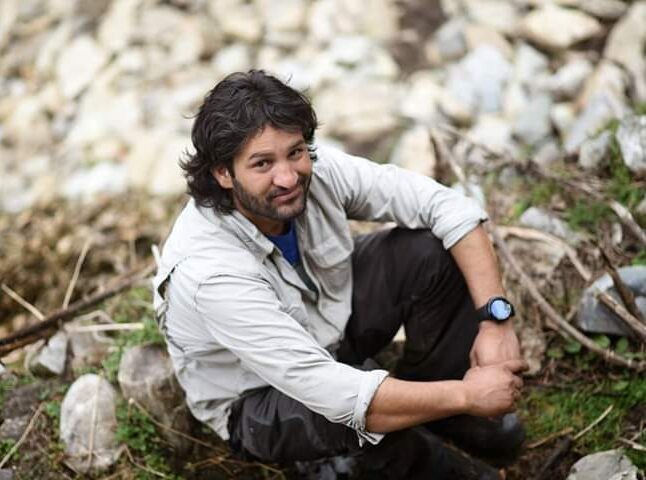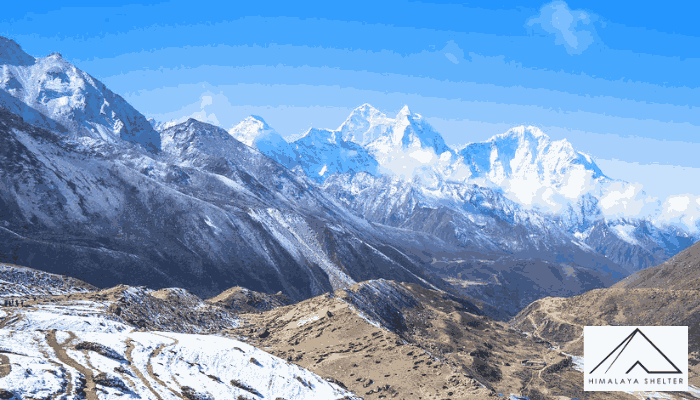
Great Himalaya Trails GHT
TREK DIFFICULTY
Difficult
TREK DURATION
71 Days
HIGHEST ALTITUDE
5,500 ft
GROUP SIZE
2 - 5
TREK DISTANCE
480-500 Km
BASECAMP
Great Himalaya Trails | India
BEST TIME
July, August, September and October
PICKUP POINT
Dehradun/Delhi
Great Himalaya Trails (GHT) Overview
The Great Himalaya Trail in India is one part of a long trekking route. It connects to the main line of the Himalayas. It crosses high mountain passes and quiet, distant valleys.
The route is thousands of kilometers long. These lines go through Arunachal Pradesh, Sikkim, Uttarakhand, Himachal Pradesh, Jammu & Kashmir and Ladakh.
The goal of the GHT is simple. It wants to connect many local paths into one continuous route across the mountains.
In India, it goes through many different places. You see green forests, mountain meadows, and tough peaks. It connects villages that have lived peacefully with these mountains for hundreds of years. It’s not just a trail. It’s a journey through nature, culture, and some of the wildest land on the planet.
The Indian GHT Region
The Indian part of the GHT Trek is a grand walk along the country’s north edge. It links some of the most remote, highest, and most spiritual mountain lands anywhere.
The trails go through six main Himalayan areas:
- Ladakh and Kashmir: There's a switch of land diversity from green landscapes of Kashmir to the dry cold desert of Ladakh. It feels like a transition in ourselves with nature.
- Himachal Pradesh (Spiti and Kinnaur) has both dry mountains and green mountain views. The Sutlej river shaped its lively culture.
- Uttarakhand (Garhwal and Kumaon) is the "Devbhoomi" Here, people walk there with hope and prayer where Ganga Emerges.
- Sikkim and Arunachal Pradesh make up the green, eastern edge. They have thick cloud forests. You see unique wildlife. And you get views of Kangchenjunga.
1. Rupin Pass
Day 1: Dehradun/Delhi → Sankri (Drive)
Dehradun → Mussoorie → Purola → Mori → Netwar → Sankri
Day 2: Rest Day
Day 3: Sankri to Dhaula and Trek Sewa → Jiskun
Drive: 22 km | 1 hrs Trek: 12 km | 5-6 hrs
Day 4: Sewa → Jakha
Trek: 14 km | 8-9 hrs
Day 5: Jakha → Dhanderas Thatch
Trek: 10 km | 6 hrs
Day 6: Dhanderas → Upper Waterfall Camp
Trek: 4 km | 2–3 hrs
Day 7: Upper Waterfall → Rupin Pass → Ronti Gad
Trek: 12 km | 10 hrs
Day 8: Ronti Gad → Sangla → Kafnu (Drive)
Trek: 10 km | 5 hrs 2 days
Rest (Day 9 and Day 10)
2. Pin Bhaba
Day 11: Trek from Kafnu to Mulling (around 3,250 m)
Distance: 11 km
Time: 7-8 hours
Day 12: Mulling to Kara (around 3,550 m)
Distance: 6 km | Time: 4-5 hours
Day 13: Kara to Phustirang (around 4,100 m)
Distance: 5 km | Time: 4-5 hours
Day 14: Acclimatization Day at Phustirang
Trekkers rest here and do short hikes
Day 15: Phustirang to Pin Bhaba Pass (around 4,915 m), descend to Baldar (around 3,900 m)
Distance: 18 km | Time: 10-12 hours
Day 16: Baldar to Mudh Village and Drive to Kaza (around 3,750 m)
Distance: 12 km | Time: 6–7 hours
Rest Day - 2 Days (Day 17 and 18)
3. Kanamo Peak
Day19: Short drive from Kaza to Kibber
Drive Distance – 20 km | Drive Duration – 1 hour
Day 20: Trek from Kibber to Kanamo Base Camp Trek
Distance – 4 to 5 km | Trek Duration – 5 to 6 hours
Day 21: Trek from Kanamo Base Camp to Kanamo Peak and back to Kanamo Base Camp.
Trek Distance – 8 km | Trek Duration – 11 to 12 hours
Day 22: Trek from Kanamo to Kibber and Drive from Kibber to Kaza
Drive Distance – 20 km | Drive Duration – 1 hour
4. Pin Parvati Pass
Trek Day 23: Drive from Kaza to Mudh | Rest day
Drive Distance – 50 km | Drive Duration – 2-3 hour
Day 24: Trek from Mudh to Tiya
Trek Distance: 5-6 km | Trek Duration: 2 hrs
Day 25: Tiya to Shiya Trek
Distance: 10–11 km | Trek Duration: 5–6 hrs
Day 26: Shiya to Pin Base Camp (15,780 ft)
Trek Distance: 10 km | Duration: 5–6 hrs
Day 27: Base Camp to Mantalai (13,440 ft) via Pin Parvati Pass (17,460 ft)
Trek Distance: 20–22 km| Duration: 11–12 hrs
Day 28: Explore Mantalai Lake (Rest Day)
Day 29: Mantalai to Odi Thach (12,520 ft)
Trek Distance: 8–9 km | Duration: 4 hrs
Day 30: Odi Thach to Tunda Bhuj (10,500 ft)
Trek Distance: 12–13 km| Duration: 7–8 hrs
Day 31: Tunda Bhuj to Kheerganga (9,120 ft)
Trek Distance: 9–10 | km Duration: 4–5 hrs
Day 32: Kheerganga (9,120 ft) to Barshaini (7,250 ft)
Trek Distance: 6–7 km| Duration: 3 hrs
Day 33: Barshaini to Manali (Drive)
Drive Distance: 95–100 km| Duration: 4–5 hrs Rest
Day - 2 Days (Day 34 and 35)
5. Miyar Valley Trek
Day 36: Manali to Khanjer
Drive Distance 135km | Drive Duration 6 to 7 hours
Day 37: Kanjeer to Yolling Trek
Distance 9km | Trek time 4 to 5 Hours
Day 38: Yolling to Zardong Trek
Distance 11km | Trek Duration 5 to 6 hours
Day 39: Zardong to Palpu
Trek Distance 12km Trek Duration 6 hours
Day 40: Palpu to Gompa
Trek Distance 12km | Trek Duration 6.5 hours
Day 41: Gompa to Tharang
Trek Distance 8km | Trek Duration 5hours
Day 42: Tharang to Kanjeer and Drive back to Chandratal lake (on the way)
Trek Distance 7 km | Trek Duration 5 hours
Drive Distance 180 km | Drive Duration 7 to 8 hours 6.
6. Buran Ghati Trek
Day 43: Drive from Chandratal lake to Barua Village
Drive Distance 340 km | Drive Duration: 10-11 hours
Day 44: Rest Day
Day 45: Trek from Burua Village to riverside camp
Trek Distance: 7-8 km | Trek Duration: 4-5 hours
Day 46: Trek from riverside camp to Dhunda via Buran Ghati Pass
Trek Distance: 8-10 km | Trek Duration: 9-10 hours
Day 47: Dhunda to Litham
Trek Distance: 4-5 km | Trek Duration: 4-5 hours
Day 48: Acclimatisation Day – Visit Chandarnahan Lake (13,200 ft)
Day 49: Litham to Janglik
Trek Distance: 13-14 km | Trek Duration: 8-9 hours
Day 50: Janglik to Sankri (Drive)
Drive Distance: 140 km | Drive Duration: 5-6 hours
Rest - 2 Days (Day 51 and 52)
7. Fachukandi Pass Trek
Day 51: Sankri to Juda ka Talab
Trek Distance: 5 KM | Duration: 4 hrs
Day 52: Juda talab to Bhoj Gadi
Trek Distance: 6 Km| Duration: 4 hrs
Day 53: Bhoj Gadi to Pushtar Meadows via Phulara Ridge Trek
Distance: 7 km | Duration: 5 hrs
Day 54: Pushtara Meadows to Rateri Trek
Distance: 4 km | Duration: 3 hrs
Day 55: Rateri to Sarutal (4,150 meters)
Trek Distance: 3 km | Duration: 2 hrs
Day 56: Saru Tal to Leka Dogri via Fachu Kandi Pass (4,356 meters)
Trek Distance: 11 km | Duration: 8 hrs
Day 57: Leka Dogri to Hanuman Chati trek
Trek Distance: 5 KM | Duration: 2 hrs
Rest - 1 Day (Day 58)
8. Bali Pass Trek
Day 59: Drive from Hanuman Chati to Janki Chatti
Drive Distance: 10 km| Drive Duration: 1 hour
Day 60: Trek from Janki chatti to Lower Daminin via Yamnotri temple Trek
Distance: 6 km | Duration: 4-5 hrs
Day 61: Trek from lower Damini to upper damini Trek
Trek Distance: 5 km | Duration: 2 hrs
Day 62: Trek from Upper damini to Thanga via Bali Pass (summit)
Trek Distance: 10 km | Duration: 7-8 hrs
Day 63: Trek from Thanaga to Ruinsara Lake Trek
Distance: 3-4 km | Duration: 3-4 hrs
Day 64: Rest Day
9. Dhumdhar Kandi Pass Trek
Day 65: Ruinsara lake to Black Peak/Swargarohini basecamp (3,800 m)
Trek Distance: 9–10 km | Duration: 5 hrs
Day 66: Black Peak basecamp to Dharali Odari (4,750 m)
Trek Distance: 8–9 km | Duration: 5–6 hrs
Day 67: Dharali Odari to Black peak camp 1
Trek Distance: 6–7 km Duration: 5 hrs
Day 68: Black peak camp 1 to Dhumdhar Kandi pass (5,490 m) and descend to Gantrara Trek
Distance: 14–16 km Duration: 9–10 hrs
Day 69: Gantrara to Doranggatt Trek
Distance: 8–9 km | Duration: 5 hrs
Day 70: Dorangatt to Jhala | Drive to Gangnani (3,310 m)
Trek: 6-7 hrs | Trek Distance: 6 km
Duration: 3 hrs | Drive: 40 km
Day 71: Gangnani to Dehradun/Delhi Drive
The Great Himalaya Trails (GHT), when people hear about it and they think it is modern but in ancient times people used to travel the trails of Himalayas. The Indian Himalaya was never a barrier.. For thousands of years, these high valleys and passes were important routes. They were used for trade, spiritual travel, and sharing cultures. This history is the root of the GHT today.
The Old Silk Road
Today on the passes we trek for adventure. In ancient times these high passes of the Himalayas were famous for the Silk Road. People from China, Tibet and Central Asia come to India for silk trade from the Silk Road.
Ladakh was a busy center. Passes like the Karakoram, Zoji La, and Khardung La were major market spots. Merchants carried spices, good cloth, and valuable stones.
The Niti La and Mana pass in Uttarakhand were the main old roads. They linked the Garhwal area to the Tibetan plateau. This trade went on for centuries and formed the local Bhotia culture.
To the East, the ancient Nathu La pass in Sikkim was a key connection. It was a thriving section of the Himalayan Silk Route that joined Kalimpong, India, and Lhasa, Tibet.
The Pilgrimage Path
The Indian Himalaya is also known as Devbhoomi, the Land of the Gods. It has religious belief and for that Hindu people do yatra to chase god also can say it is a pilgrimage route . These routes are a big part of the GHT. People made these paths for faith, not for money.
Several parts of the GHT in Uttarakhand are part of the Char Dham religious sites. The route of Char Dham takes to Badrinath, Kedarnath, Gangotri, and Yamunotri. When you trek here, it means you are walking the saints, monks once walked in search of enlightenment, peace or meditation .
Passes like Lipulekh were, and still are, key paths for pilgrims. They use them to make the hard trip to Mount Kailash and Lake Mansarovar.
The GHT Now
The Great Himalaya Trails as we see them now honor this long past. The idea is to link these old trade and prayer routes together. Many of these routes closed after the 1962 war between China and India.
The modern plan for the GHT wants to do two things:
- Keep the culture going: This means bringing respectful visitors to small, high-up villages. The culture there was shaped by these old roads.
- Allow for discovery: It lets today's adventurers walk where the first explorers and traders did. This shows the vast difference in India's landscape. You see everything from the dry Trans Himalaya to the green valleys of the East.
You are walking a route that has many years of history. It's a route where, historically, individuals swapped between mountain villages, and pilgrims and monks walked for religious purposes.
The Indian GHT is a trip through places where time is counted in long periods. Each high pass has a tale of survival and sharing.
You need a real fitness plan for the Great Himalaya Trails (GHT). The trek is long, high up, and difficult. You will walk for many hours every day.
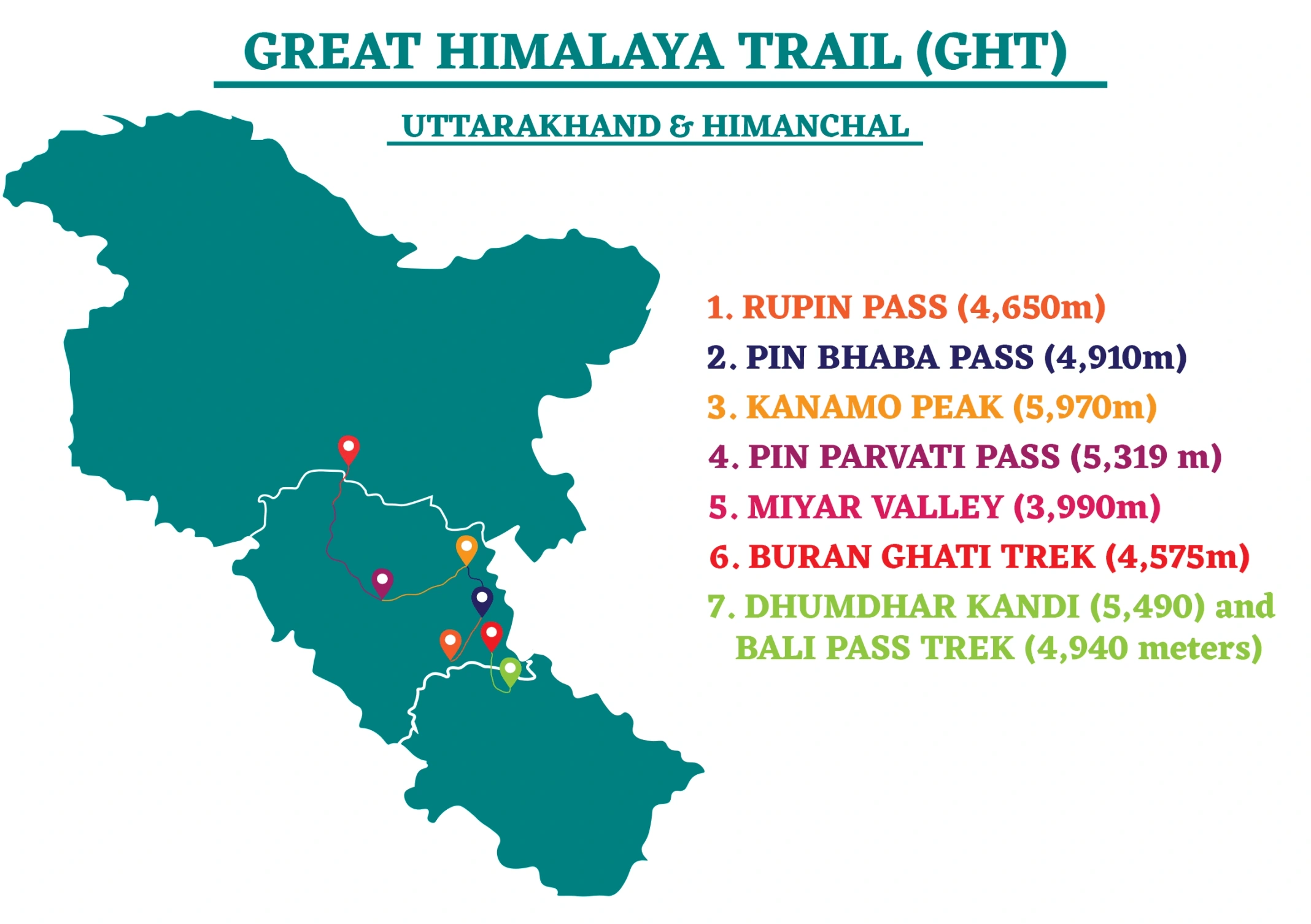
GHT Trek (Great Himalaya Trails MAP
Difficulty Level: Very High
This is not a regular trek. The full 71-day route you have planned is extremely hard. It ties together the toughest, most remote mountain journeys in the Indian Himalayas.
You need more than just good fitness for this. You also need solid experience on long trips high up in the mountains.
Why This Trek Is So Hard
The Passes Are Technical. You will cross big high passes like Pin Parvati, Buran Ghati, and Rupin Pass. These spots often have very steep snow and ice. You must use an ice axe and crampons or microspikes to stay safe. They demand all your focus.
Extreme Altitude is Constant. You are aiming for Kanamo Peak near 4,500 m. You also cross passes close to 5,500 m, like Dhumdhar Kandi. The low oxygen at these heights drains your body fast.
Rivers Pose a High Risk. During the monsoon part, especially after the Pin Parvati Pass, you will face swollen, fast-flowing rivers. Crossing these rivers is dangerous.
It Is Very Remote. The final parts, including the Dhumdhar Kandi Pass and the Miyar Valley, are far from roads or towns. If you have an emergency or a sudden snowstorm, getting help or a rescue will take many days.
Being at high altitude for 71 days will wear your body down a lot. You must manage your rest, your food, and your energy perfectly just to finish the whole trip.
What This Means For Your Trip
You must trek with guides who are highly experienced in this exact area. You also need a large team ready to handle complex support and emergency extraction. This journey is only for seasoned adventurers. You should already know how your body handles extreme altitude and long-term physical stress.
These high-altitude treks are suitable during the months of June to September. The reason is that most of the trek is in the dry, rain-shadow zones of the Himalayas because most of the zones are open during the summer months.
Part 1: Pre Summer High-Altitude Trekking (Days 1–22)
Your journey starts in June. This is the right time to hit the big passes. The winter snow is starting to melt but the big monsoon rain has not yet hit Uttarakhand. This means the pass crossings will be tough, but doable.
Rupin Pass (Days 1–8)
You start with the Rupin Pass in the late spring or early summer. This timing is great because the weather is mostly stable. By early June, the deep winter snow has settled down on the high slopes. You should expect to deal with big snow patches on the pass itself, which is at about 4,650 m.That makes the hike exciting. The hike requires that you bring along an ice axe along with microspikes or crampons as safety equipment. The trails with lesser altitude will be enjoyable with clear skies.
Pin Bhaba Pass (Days 11–16)
After a short break, you move to Himachal Pradesh for the Pin Bhaba Pass. Crossing this pass in early summer is one of the best choices. The route changes fast. First, you get the lush green slopes of the Bhaba Valley. Then you cross the pass at around 4,915 m and drop into the dry, stark Pin Valley. Pin Valley is in the rain-shadow, so the weather stays stable there. Snow on the pass is normal, so you need your technical gear to cross safely.
Kanamo Peak (Days 19–22)
The third section takes you into the Spiti Valley to climb Kanamo Peak. This is scheduled for the peak rain-shadow season, which is perfect. The entire Spiti Valley is protected from the summer monsoon. The conditions will be dry, cool, and consistent. This is perfect for a climb as altitude-dominated as Kanamo, at about 5,974 m. You will experience optimal conditions with clear vision and a successful undertaking.
Part 2: Trans-Himalayan (Days 23–42)
This middle part of your trip happens from mid-July to August. This is the main monsoon season, but you are smart about the route. You stay in the dry Trans-Himalayan valleys when the southern side is wet. This gives you green lower valleys and clear conditions up high.
Pin Parvati Pass (Days 23–33)
Crossing the Pin Parvati Pass is best during this mid-season window. The pass is tough, around 5,319 m, but mid-summer snow is usually more stable. You start in the high, dry Spiti Valley, which helps you get used to the altitude. But the real challenge is dropping into the Parvati Valley. You must be ready for the heavy monsoon here. Expect constant rain, slippery trails, and swollen rivers after Mantalai. Your gear must be completely waterproof. Your guides need to be experienced in safely crossing these flooded rivers.
Miyar Valley Trek (Days 36–42)
The Miyar Valley Trek is ideally timed. Just like Spiti, Miyar is high up and gets much less monsoon rain. This is the best time to see the valley. The meadows are green and you get clear, cool weather up high. You will see the famous "Valley of Flowers" at its peak. But the long drive to the valley can be tricky. Expect the roads, especially near Manali or Keylong, to have landslides or blockages from the rain. This could cause delays.
Part 3: Post-Monsoon High Passes and Grand Finale (Days 43–71)
The last part of your journey is in September. This is when the air is crisp and the views are clear. The post-monsoon window is short but gives the most spectacular mountain views. These are the perfect conditions for the hardest passes on your list.
Buran Ghati Trek (Days 43–50)
Trekking Buran Ghati in September is a great decision. The monsoon is gone, and the trails are dry. Hiking will be fast and comfortable. The air is clear and sharp, giving you amazing views of the Dhauladhar and Kinner Kailash ranges. The famous pass descent, at about 4,572 m, might have less snow than in June. But it is still steep and needs full focus and good control. This month gives you the best mix of stable trails and stunning views.
Dhumdhar Kandi & Bali Pass (Days 51–71)
Combining Bali Pass and the very hard Dhumdhar Kandi Pass in late September uses the clearest weather time in Uttarakhand. This is excellent for seeing the beautiful Phulara Ridge and the lower Ruinsara Valley. But Dhumdhar Kandi is very high, at about 5,490 m. The late September timing is risky for this pass. While you expect clear days, you could easily get hit by an early winter storm. Heavy snow could quickly block the pass. Dhumdhar Kandi is very remote and high up. This final section requires expert guides, plenty of extra days, and a solid plan for emergency exit. Finishing these passes at this time is the highest point of your long Himalayan trek.
After every trek or as you come in the network area must check the weather, to make the next move.
You should train in three key ways. You need to prepare for it from 4 to 6 months before you go on a trek. You have to be consistent for it.
1. Build Endurance (Cardio)
Build Endurance is necessary, it makes your lungs strong and heart strong that is important for high altitude. For that you need to walk and jog.
Walk Long Distances: Start by walking a few kilometers. Increase this. On weekends, go for a nearby hike with weight.
Incline Training: On trek there's steep hikes for which you need to do incline training. In which you can walk upstairs in multiple sets.
Aerobic Exercise: For building stamina, you need to do cardio like jog or run 3 or 4 times in a week. You need to run at least 5 kilometers in 30 minutes.
2. Get Stronger
You will carry a pack for long periods. You need strong legs, core, and back. This helps you avoid injuries on the tough trails.
- Leg Strengthening: To build leg strength you need to do exercises like squats, lunges, and step ups. Use weights if you have them. You can also wear a weighted pack while you do these.
- Core Strengthening: To balance yourself on uneven trails with a heavy backpack for that a strong core is important. Do plank for the abdomen and bridge for lower back.
- Practice with Your Pack: Walk or hike while carrying a backpack. Start light, around 5 kg. Slowly work up to carrying 8 to 12 kg. This gets your body used to the weight.
3. Be Flexible and Rest
When you trek for many hours each day due to this your muscles become tired and tight. If your body remains flexible, you can trek and climb easily, and your chances of getting injured will become less.
- Stretch Daily: Do stretching exercises every after heavy exercises .
- Yoga: For a relaxing body it needs to do yoga 1 to 2 times in a week to relax your body.
- Rest: To recover micro injuries, one full day rest is important. After 6 days of exercise make sure to have complete body rest.
Also, maintain a proper diet, it is as important as your exercise.
Day 1:
Photo Gallery
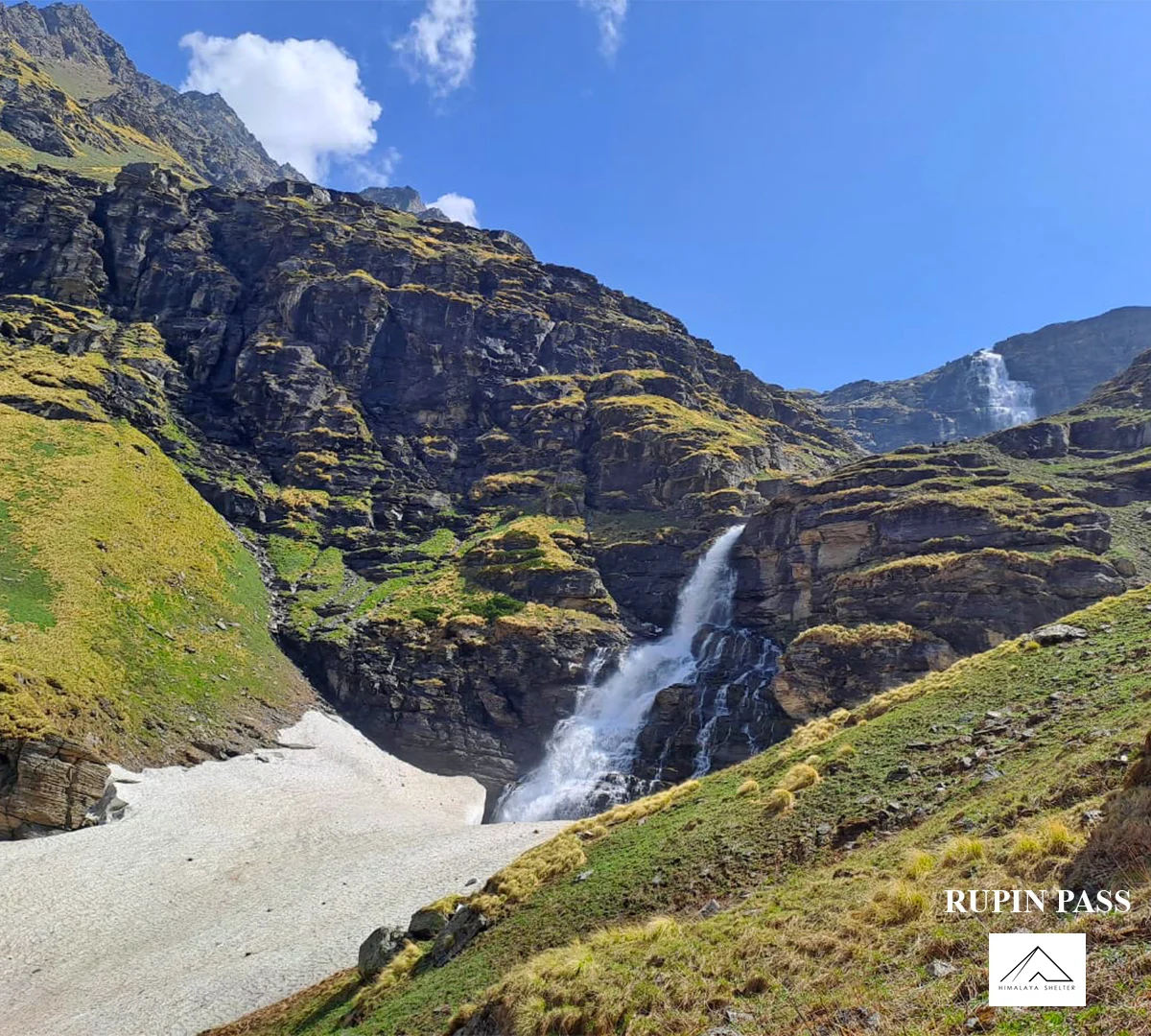
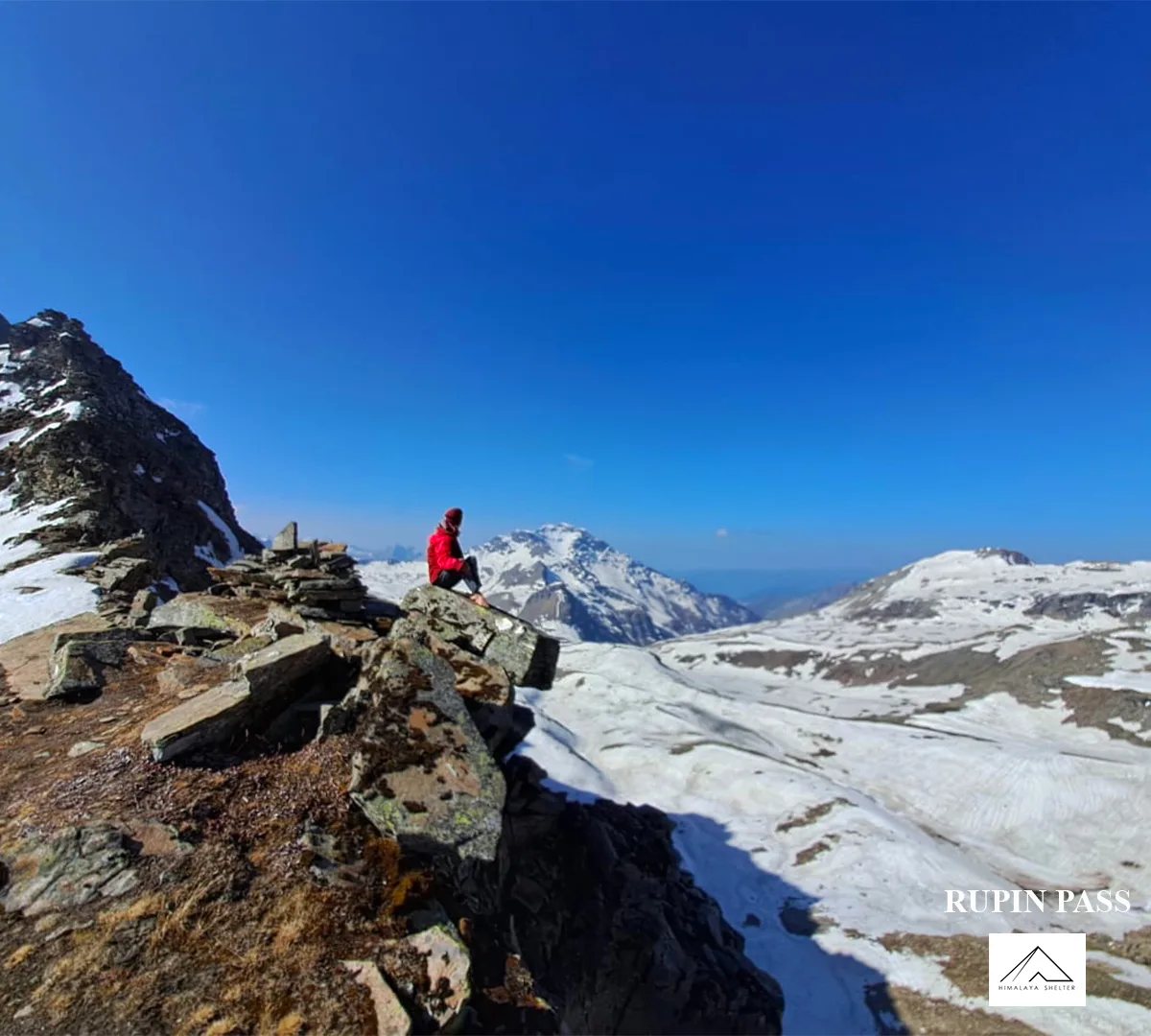
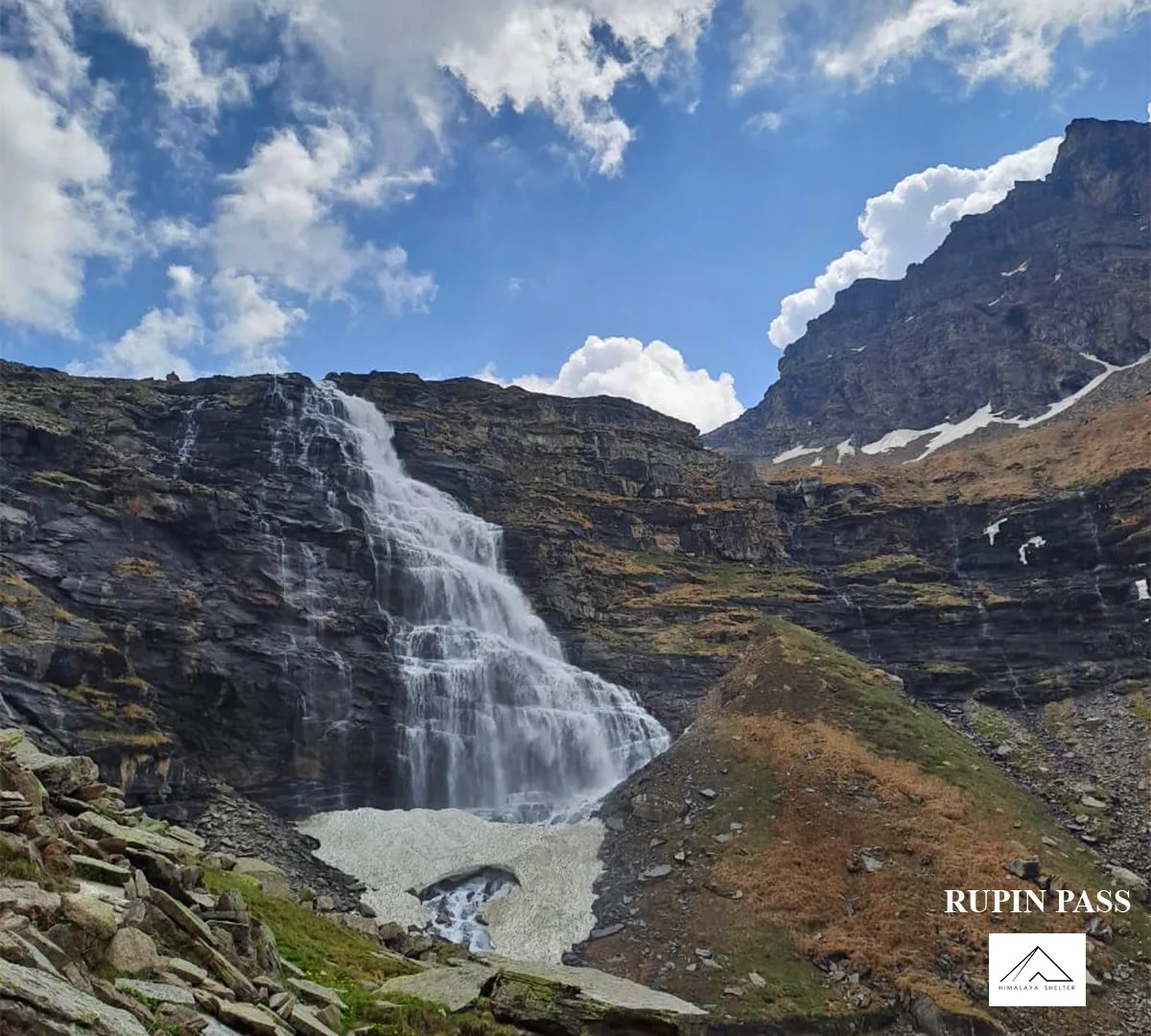
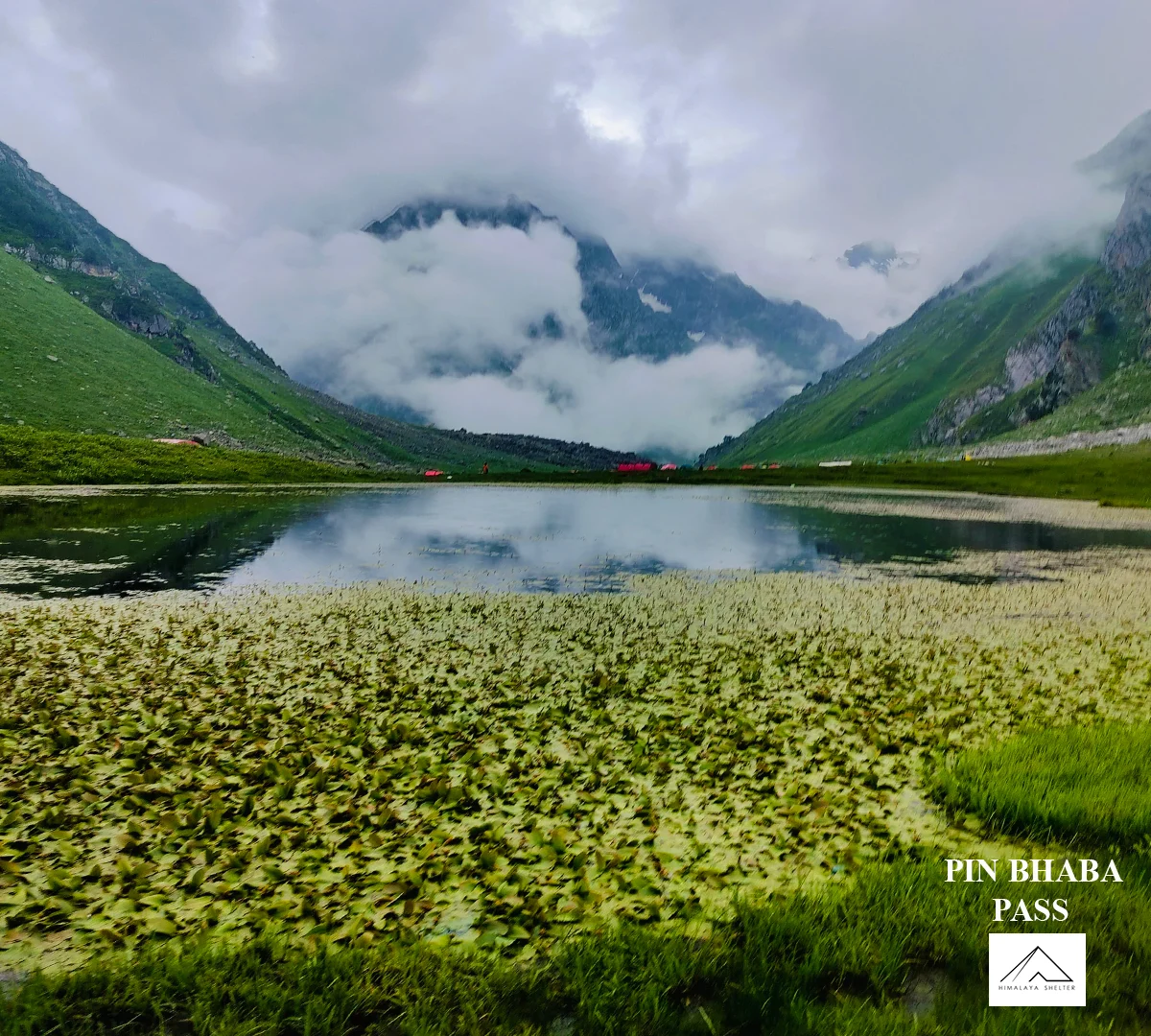
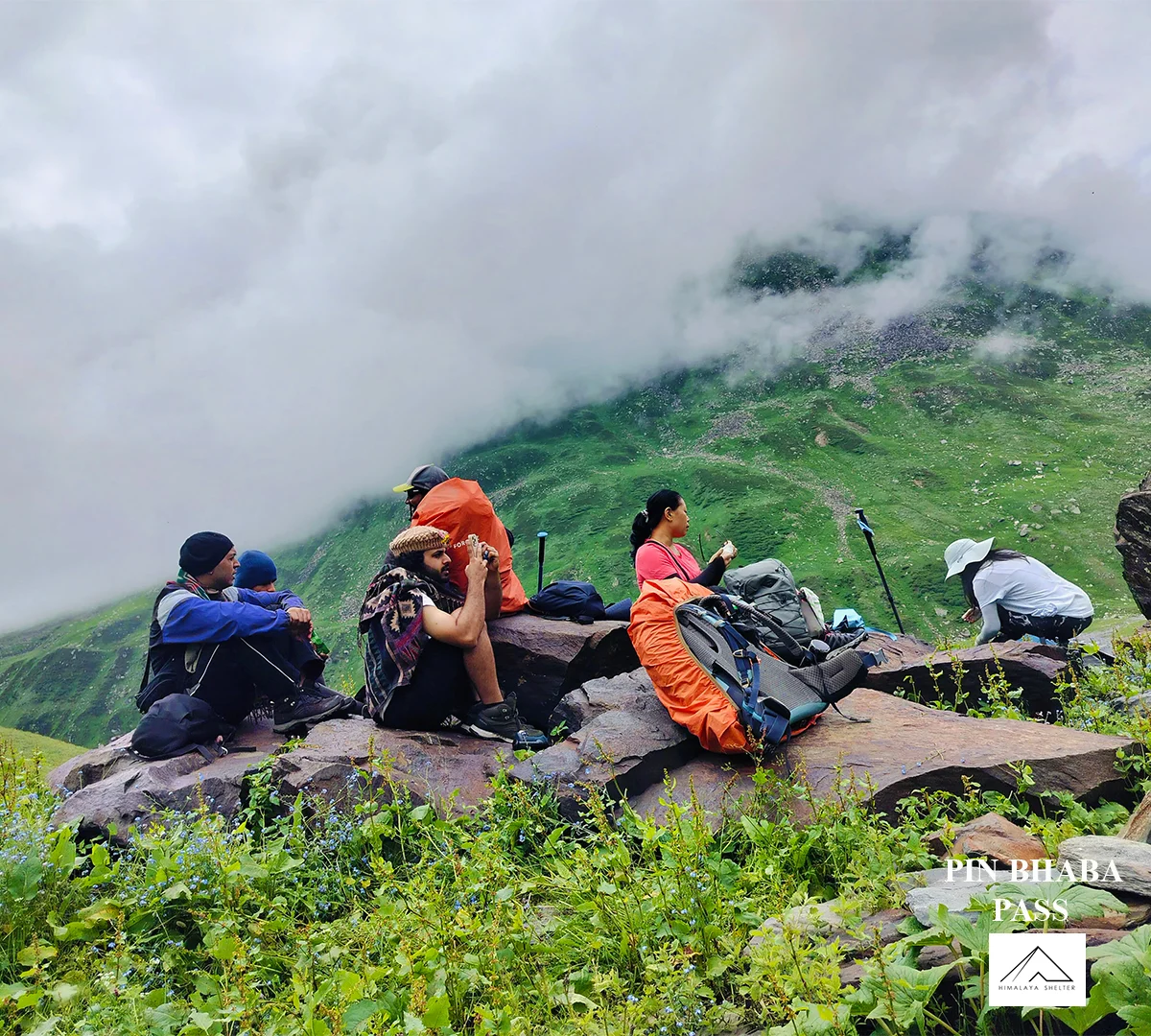
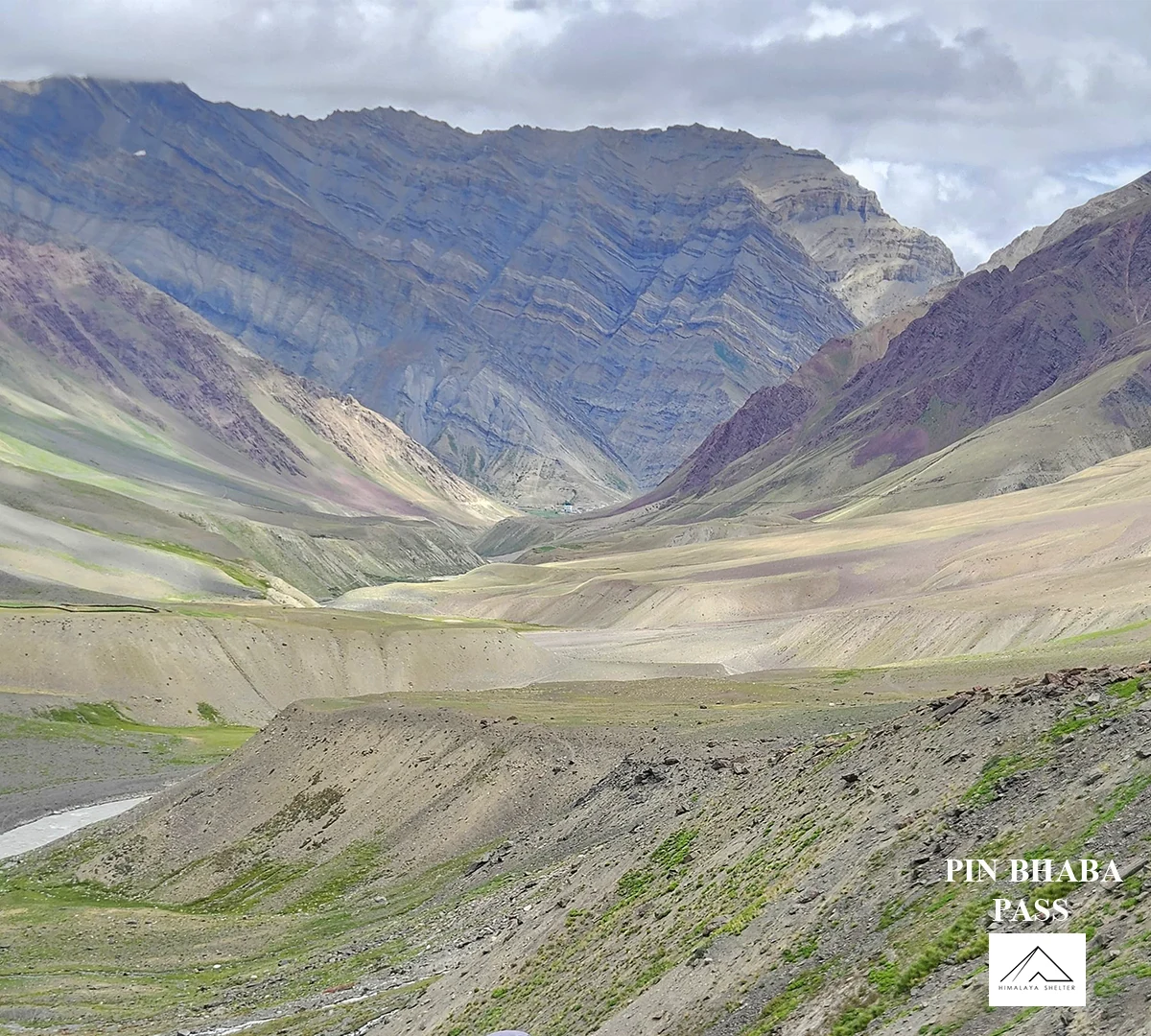
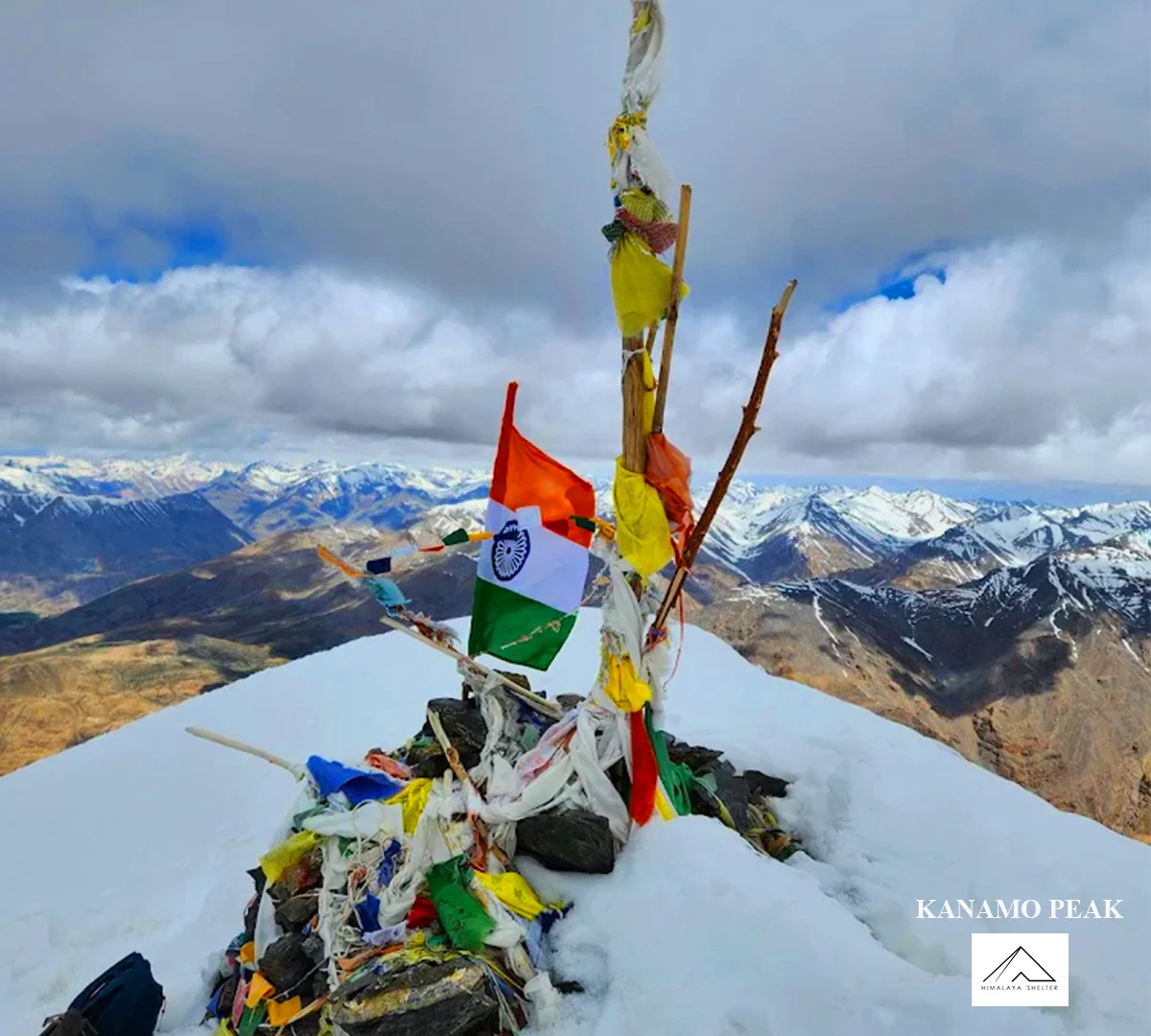
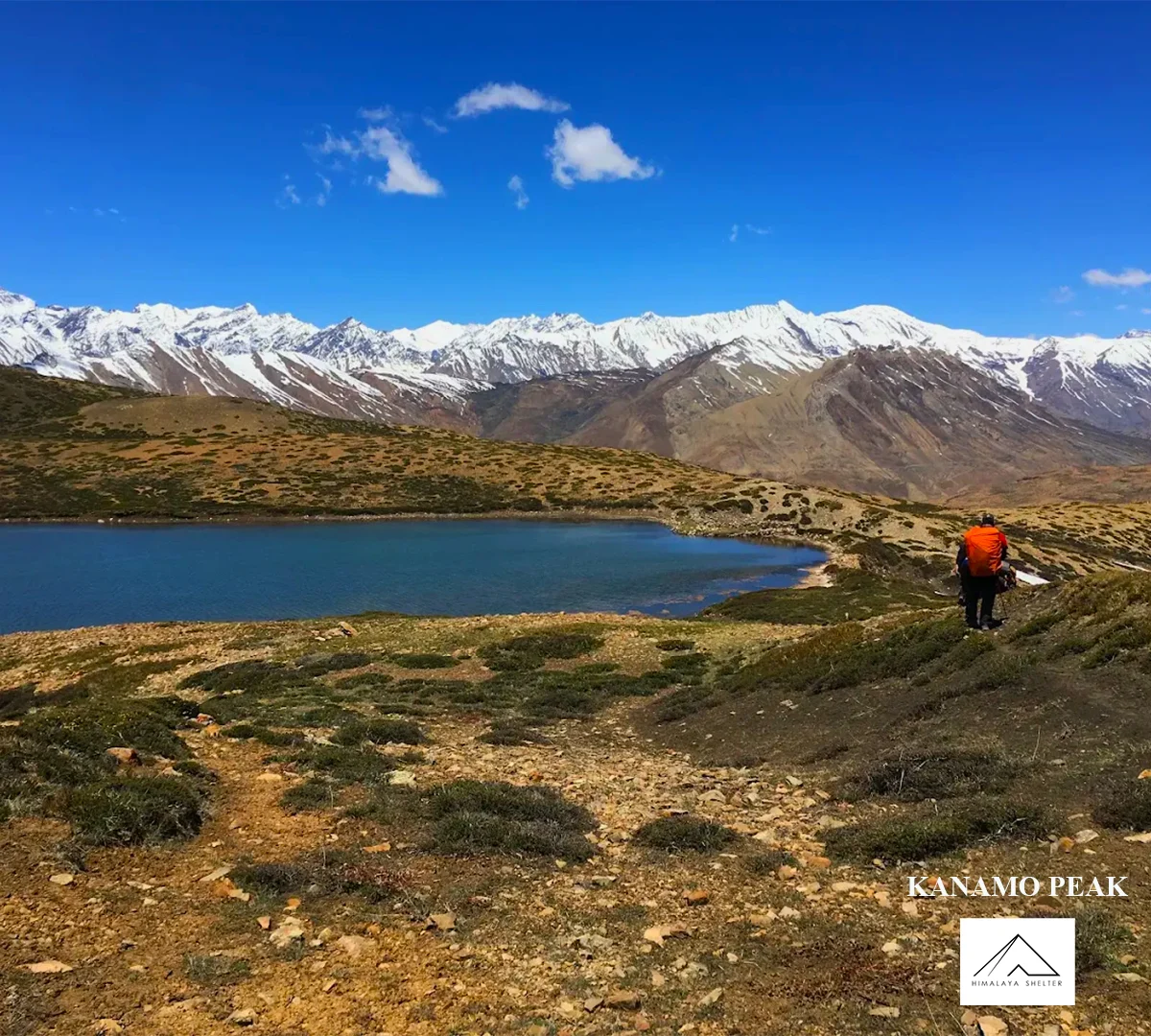
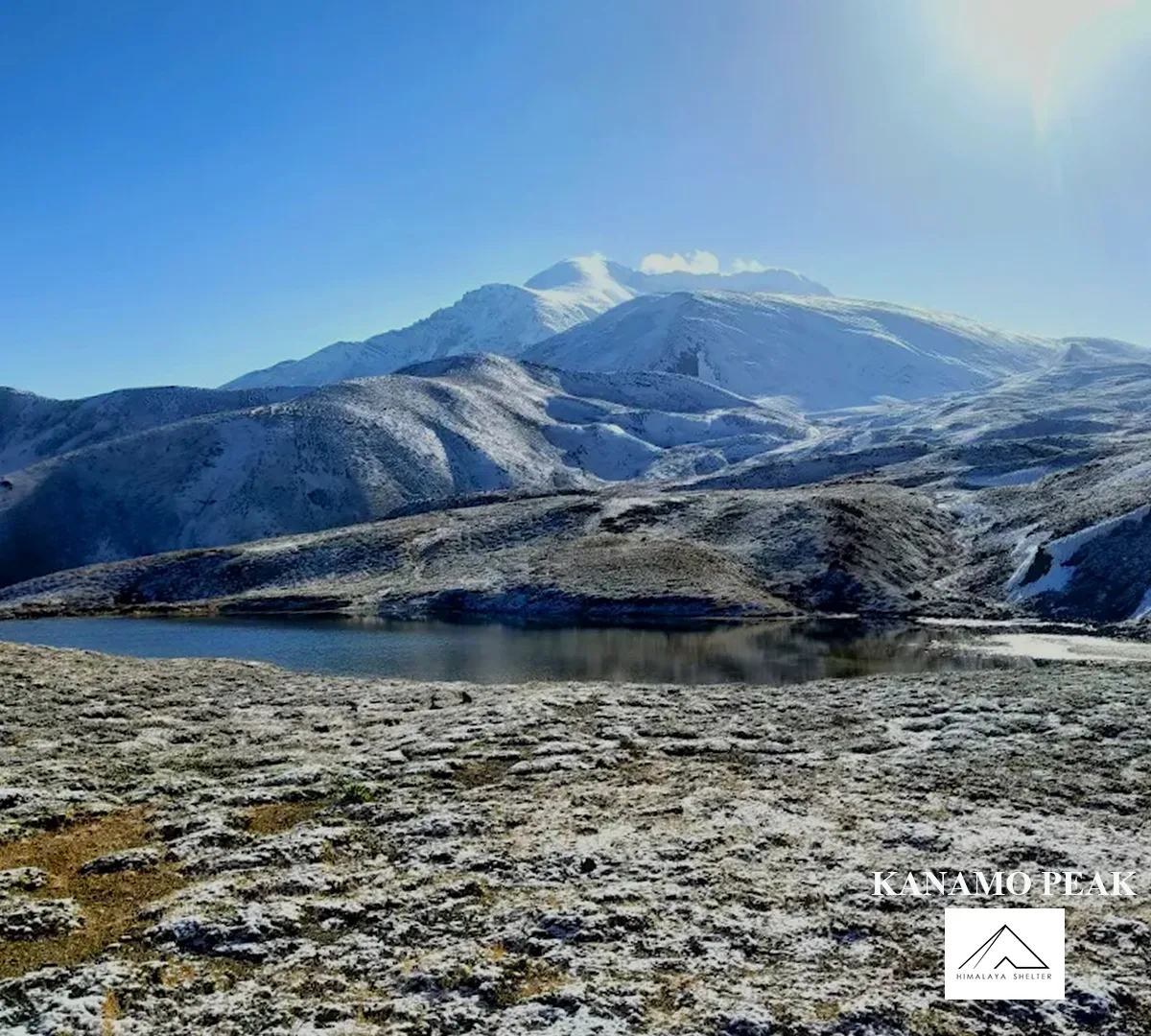
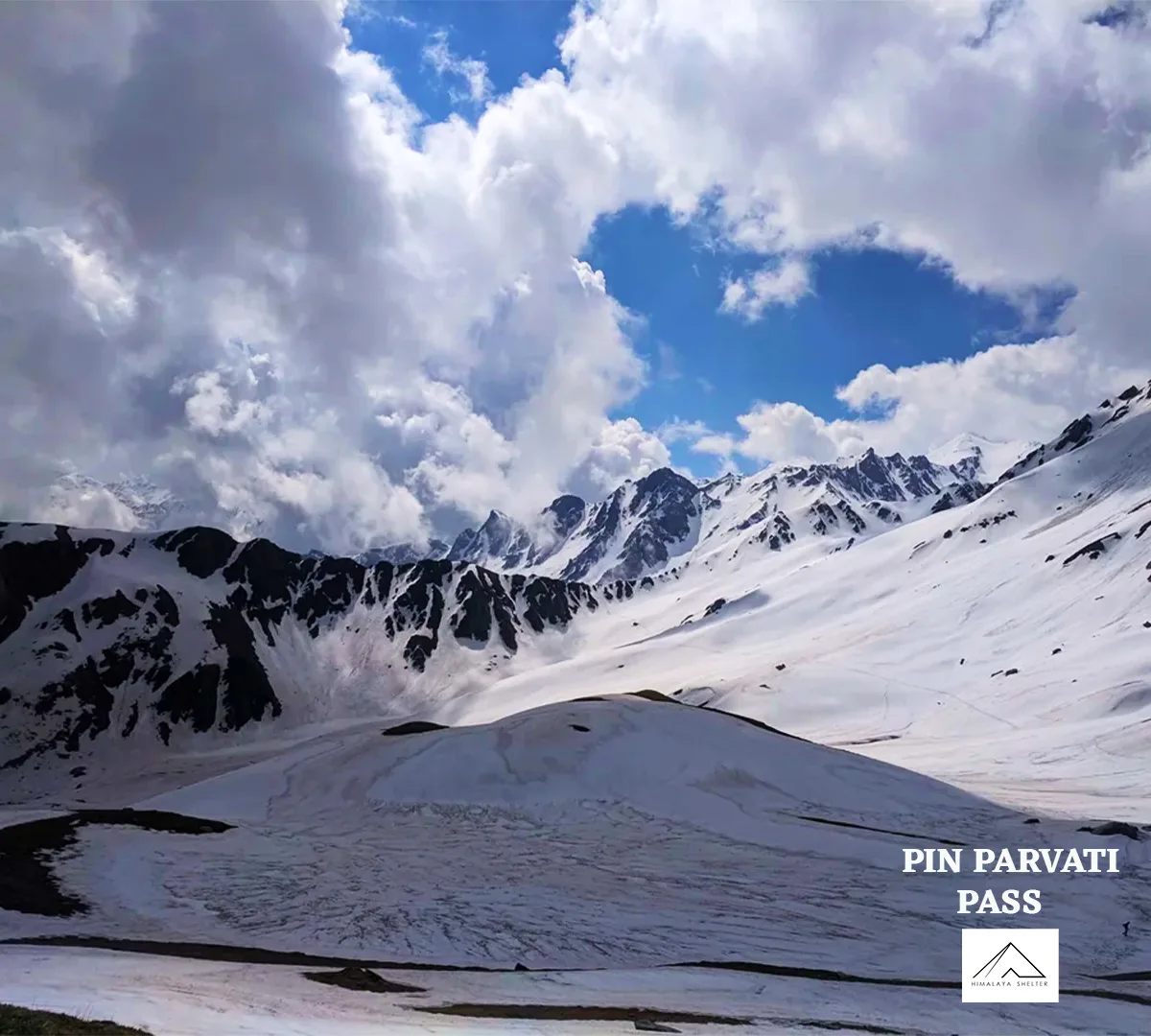
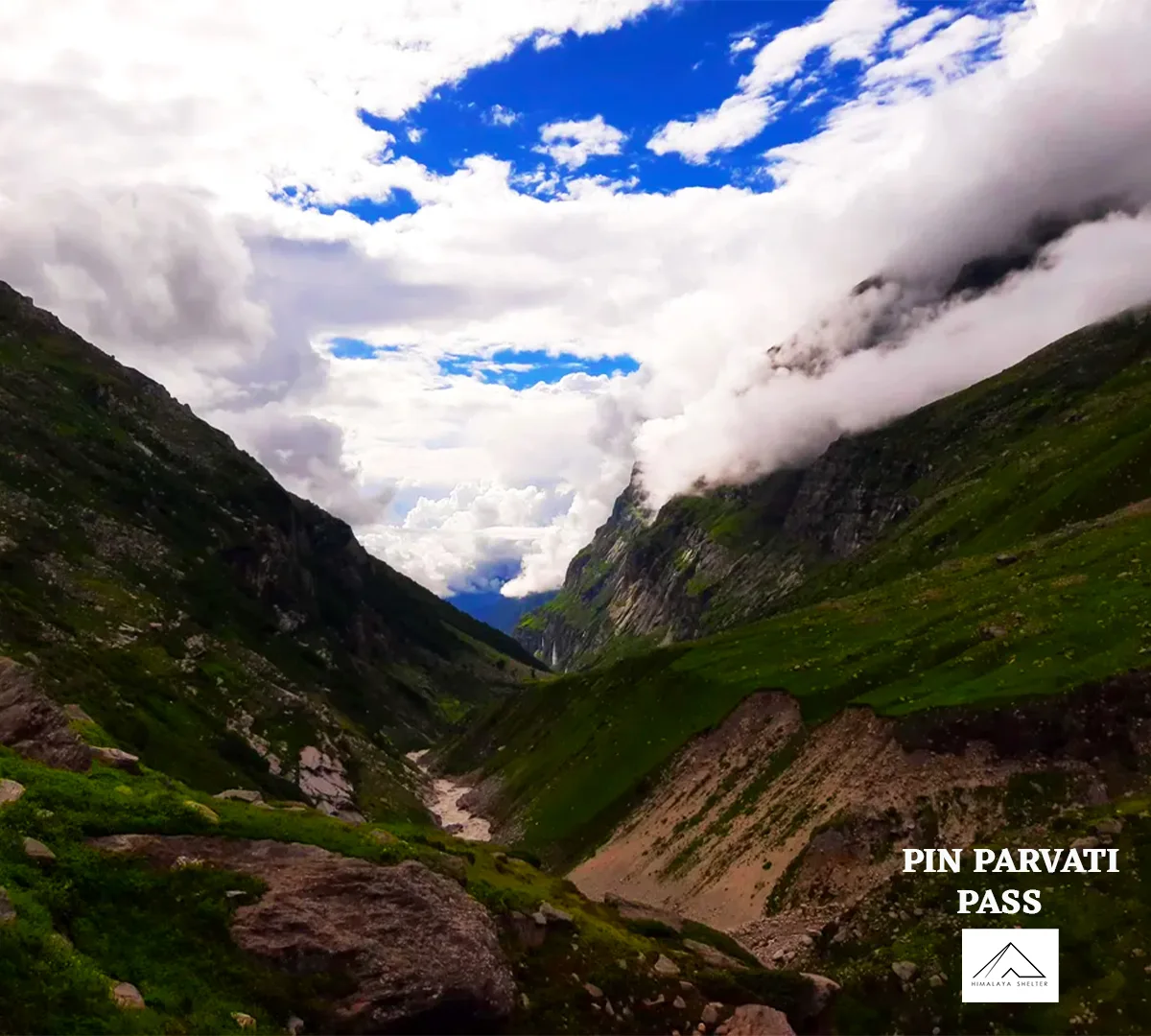
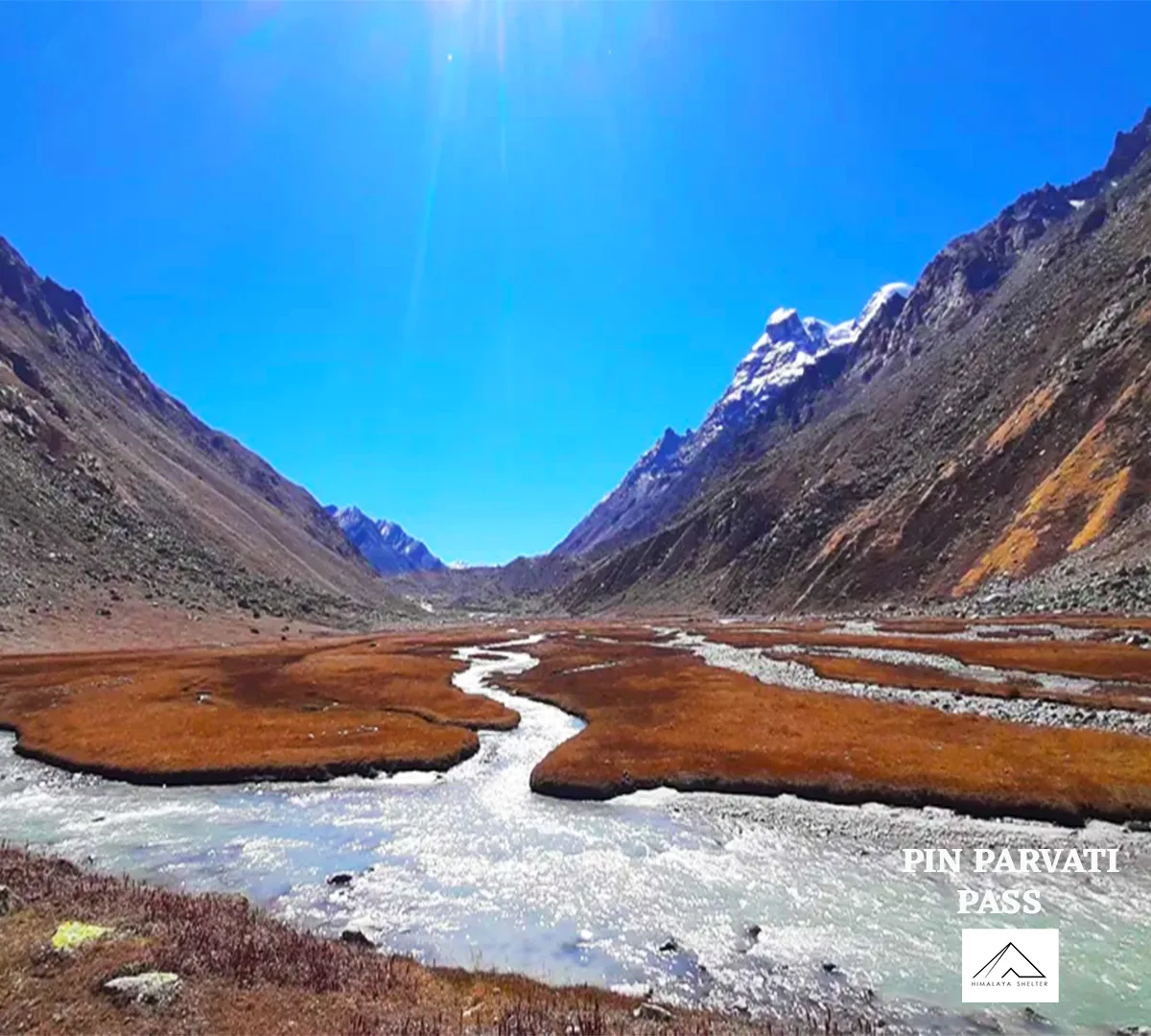
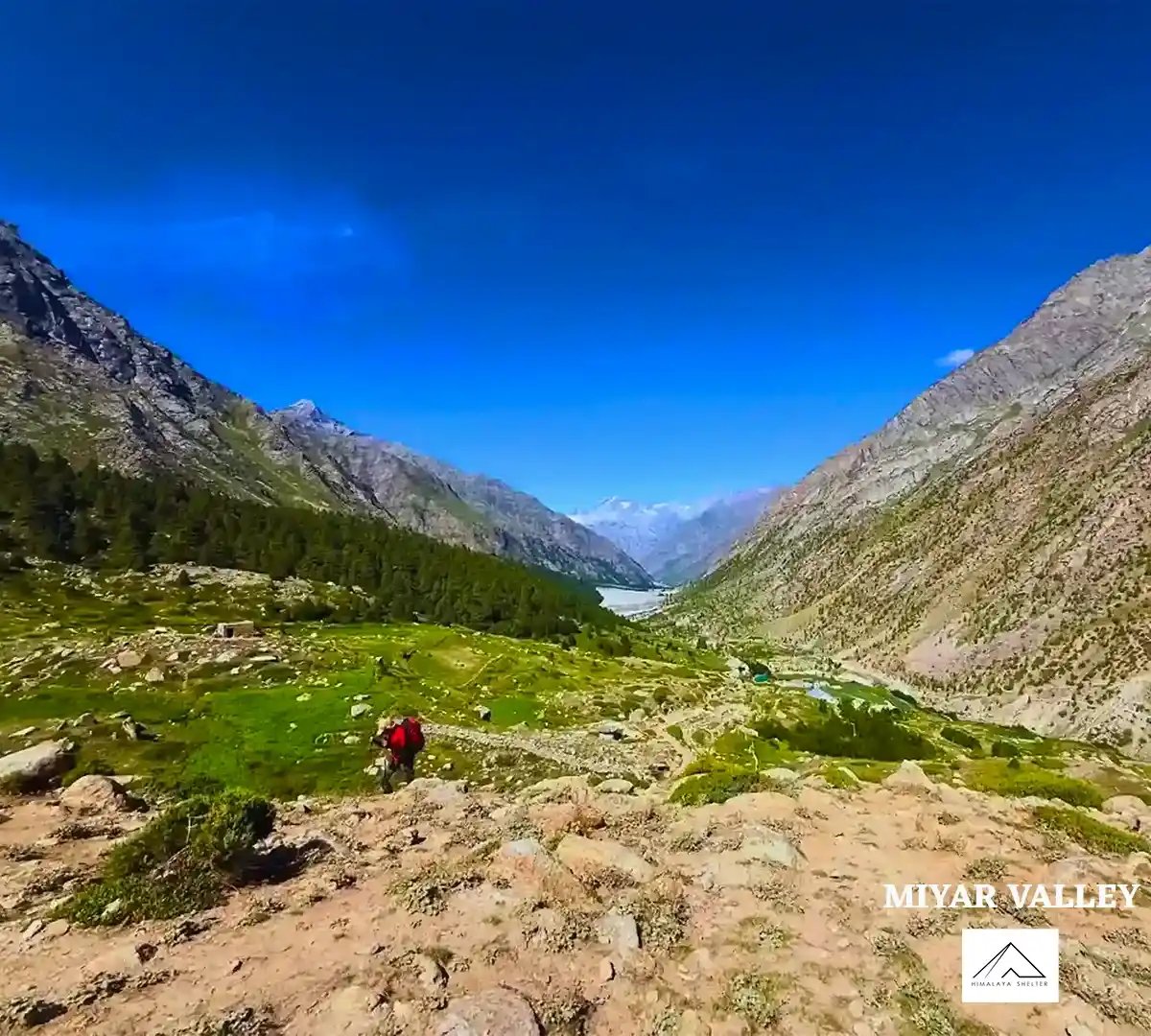
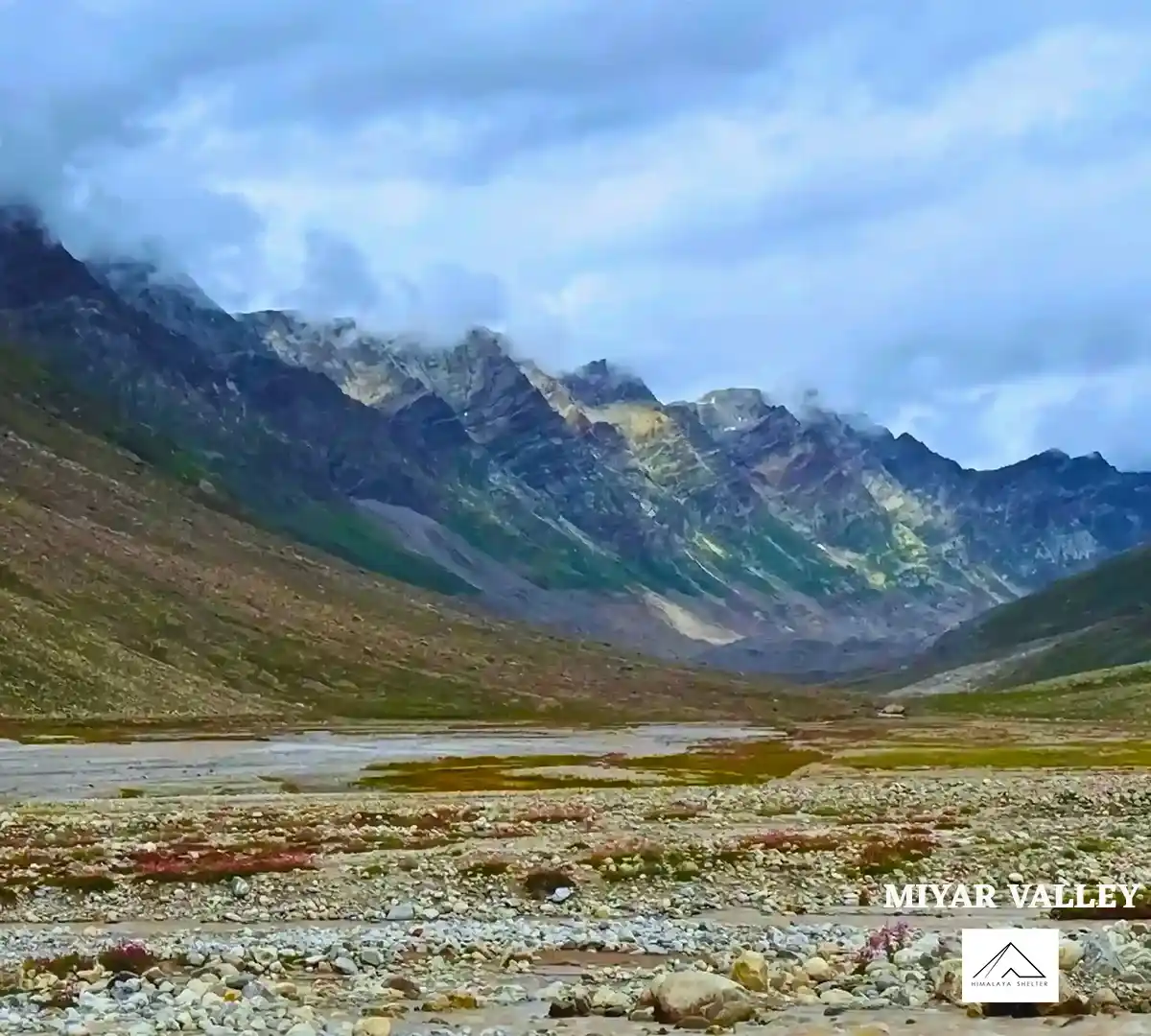
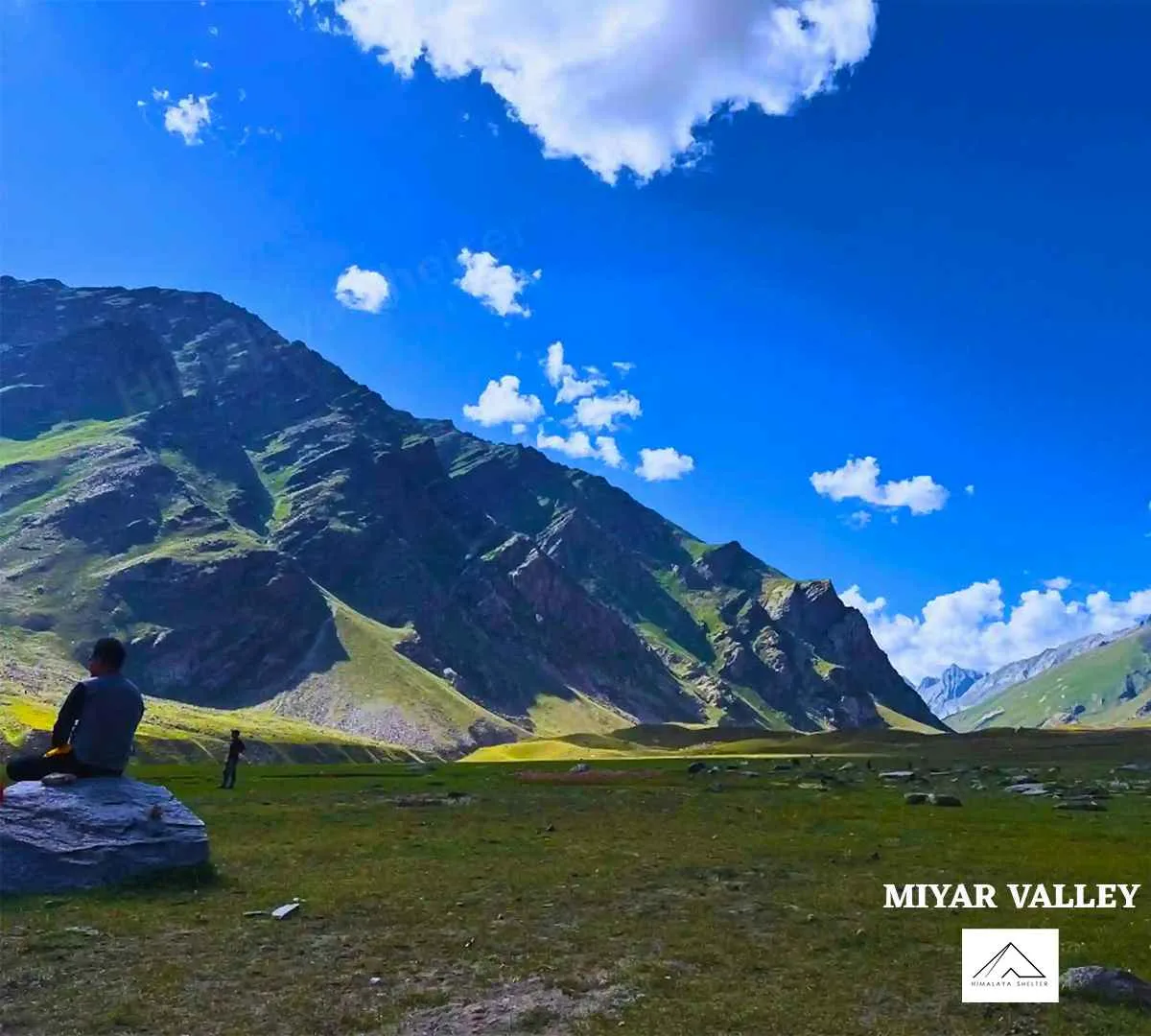
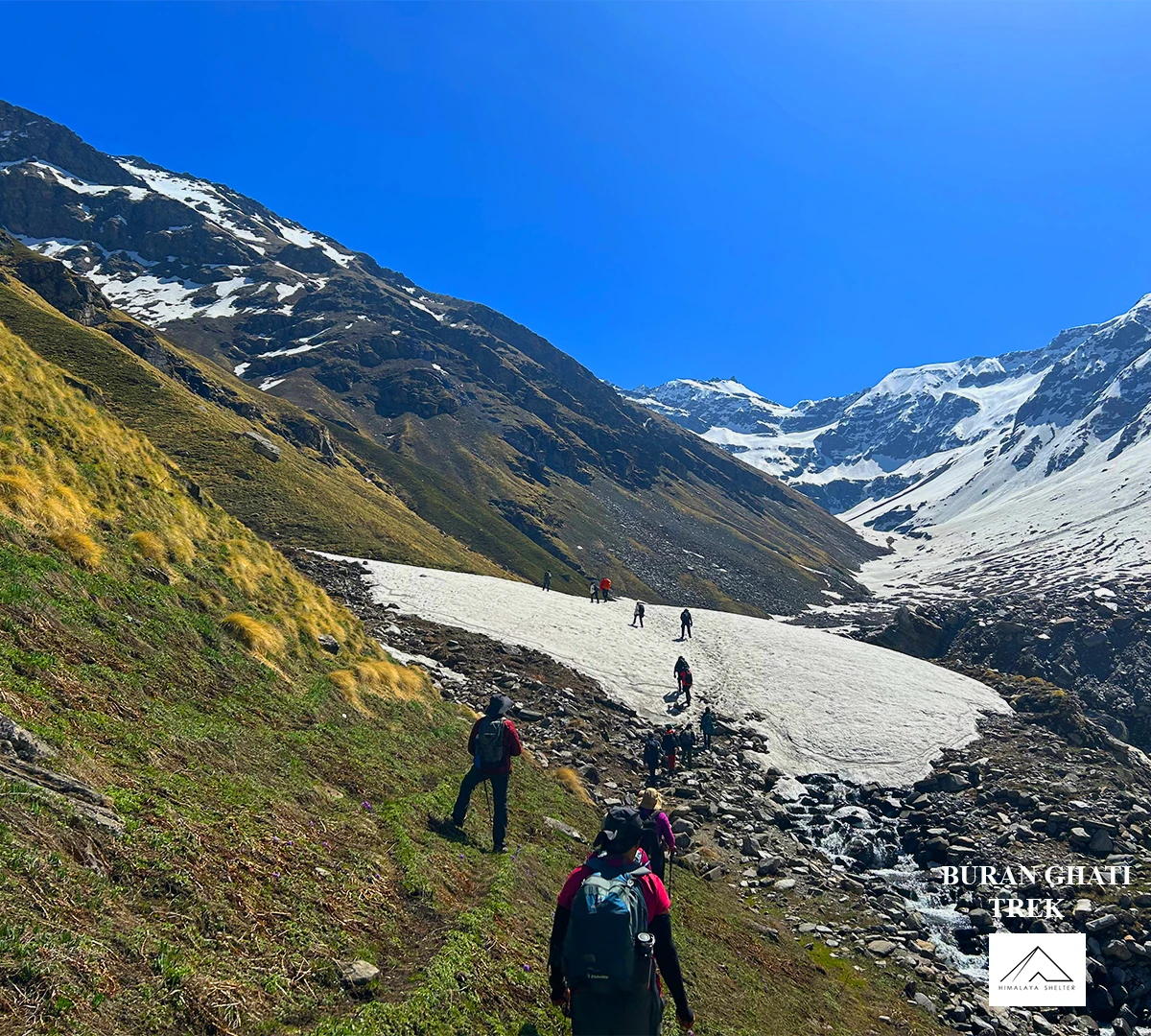
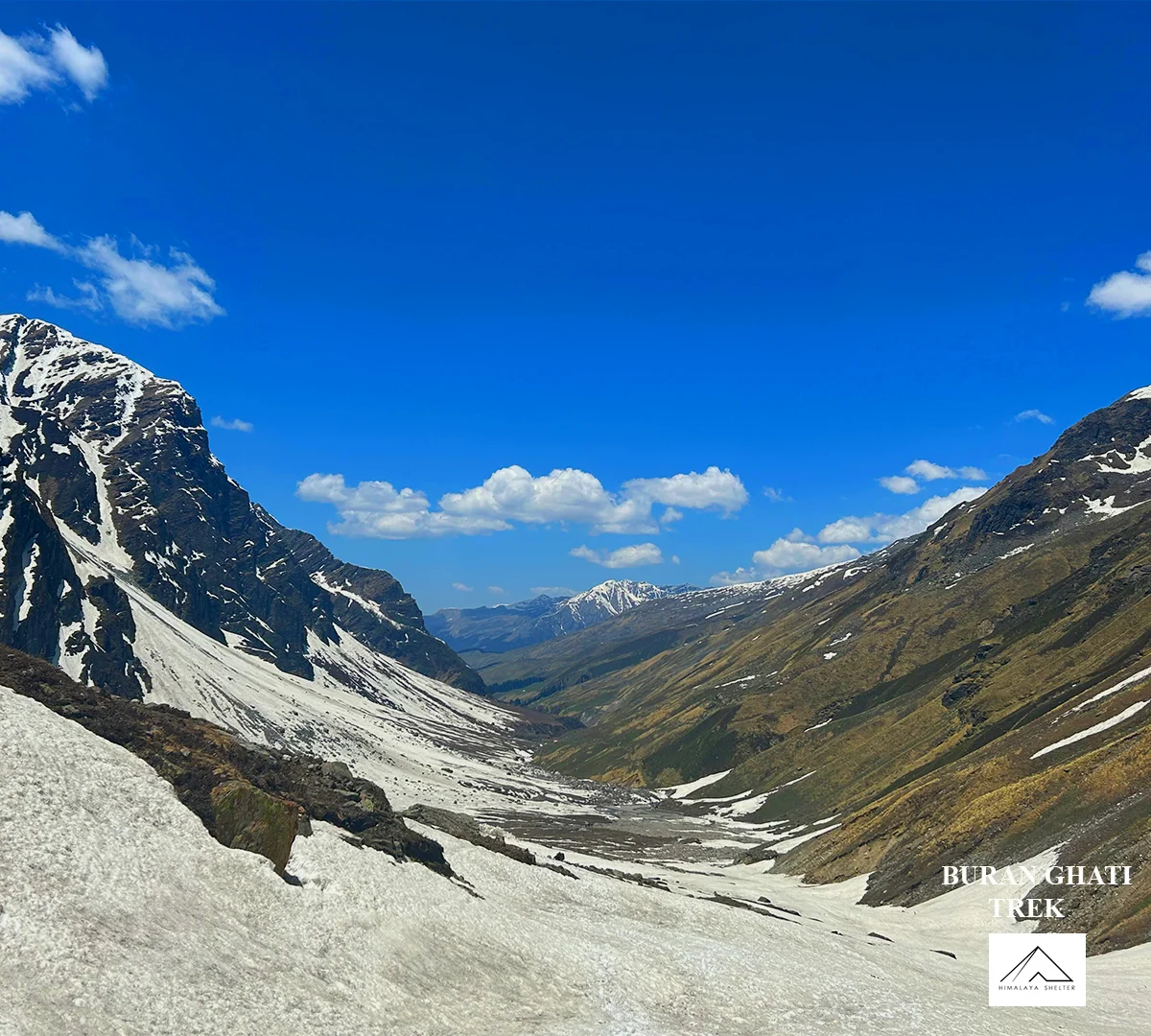
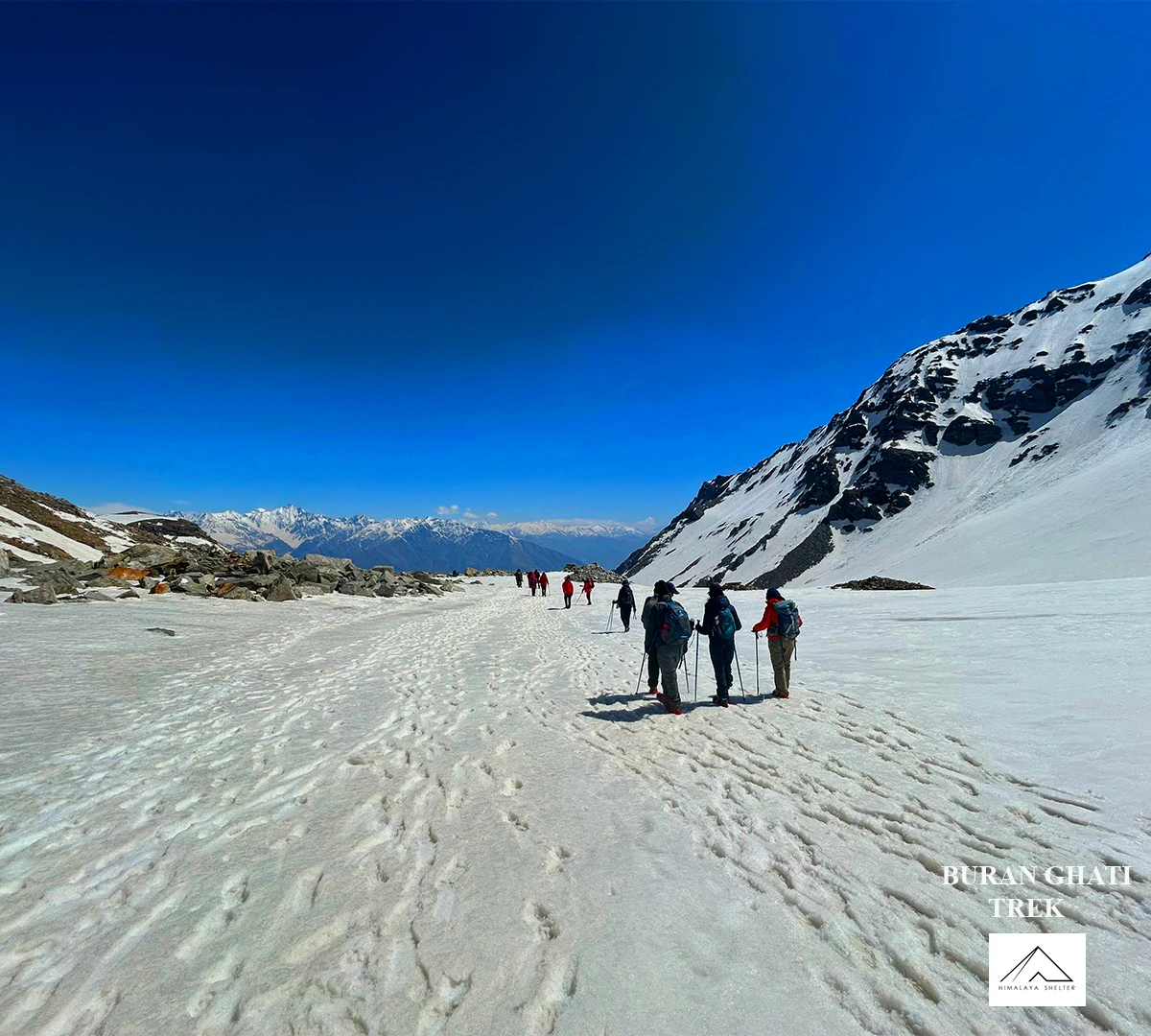
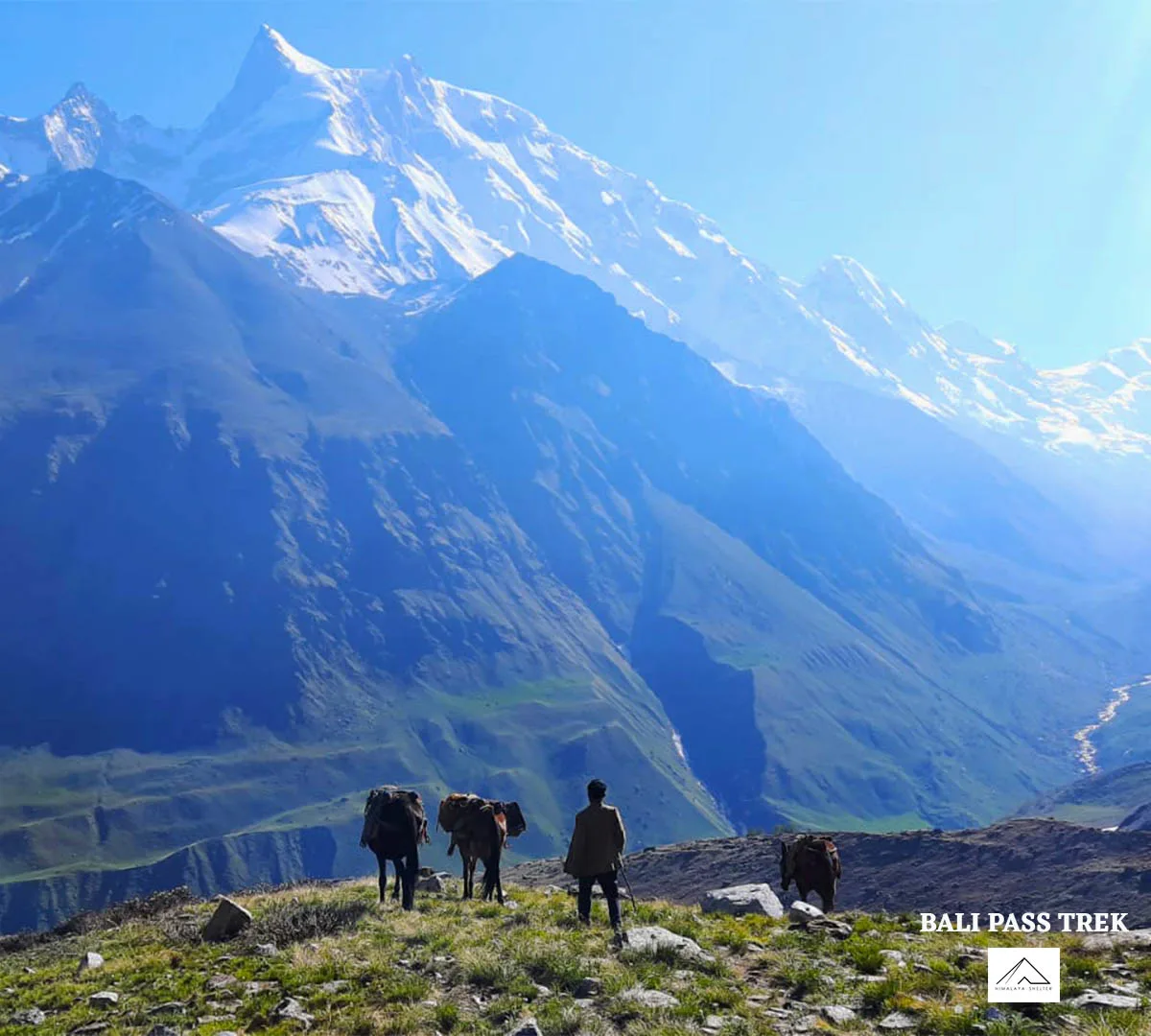
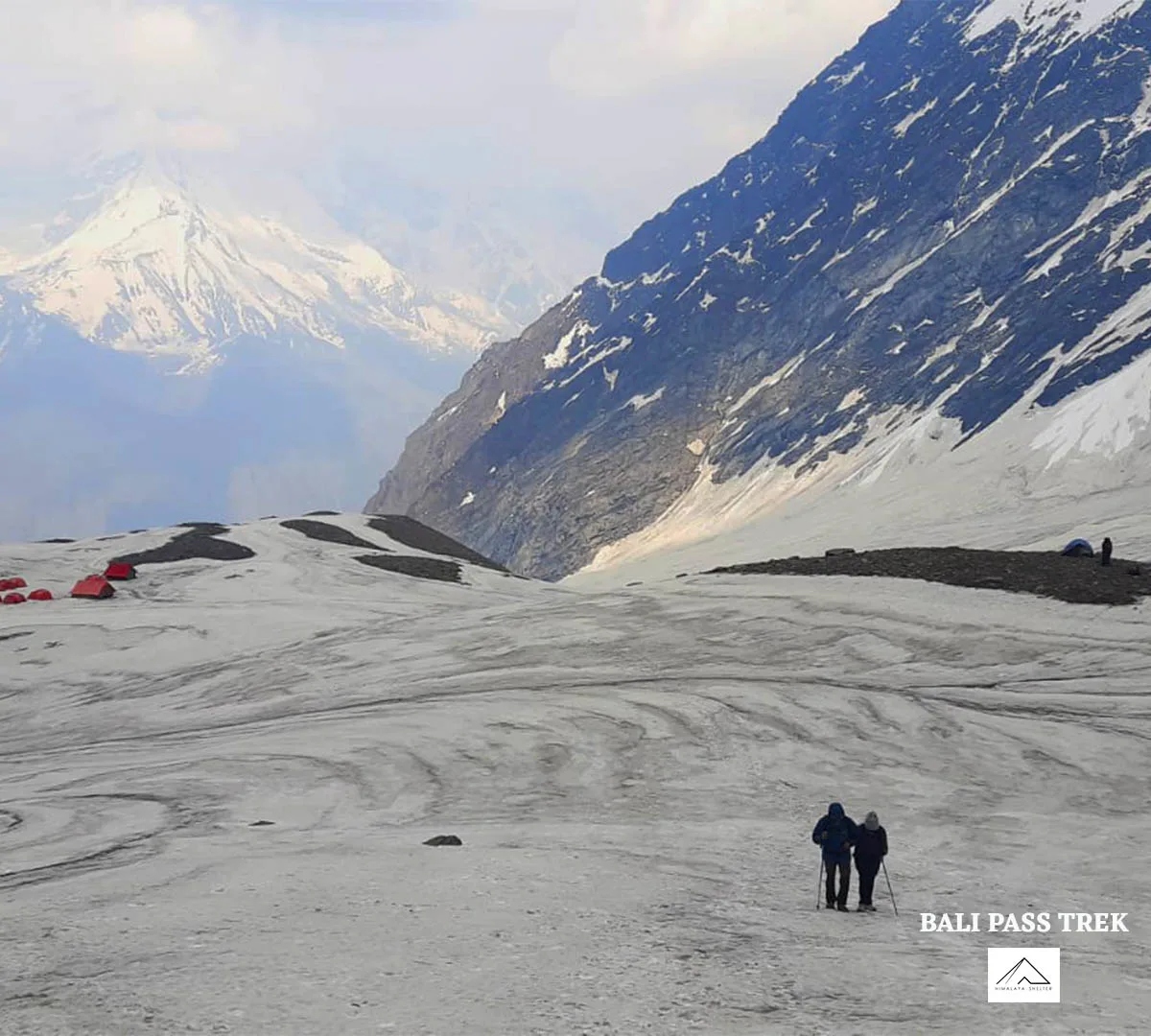
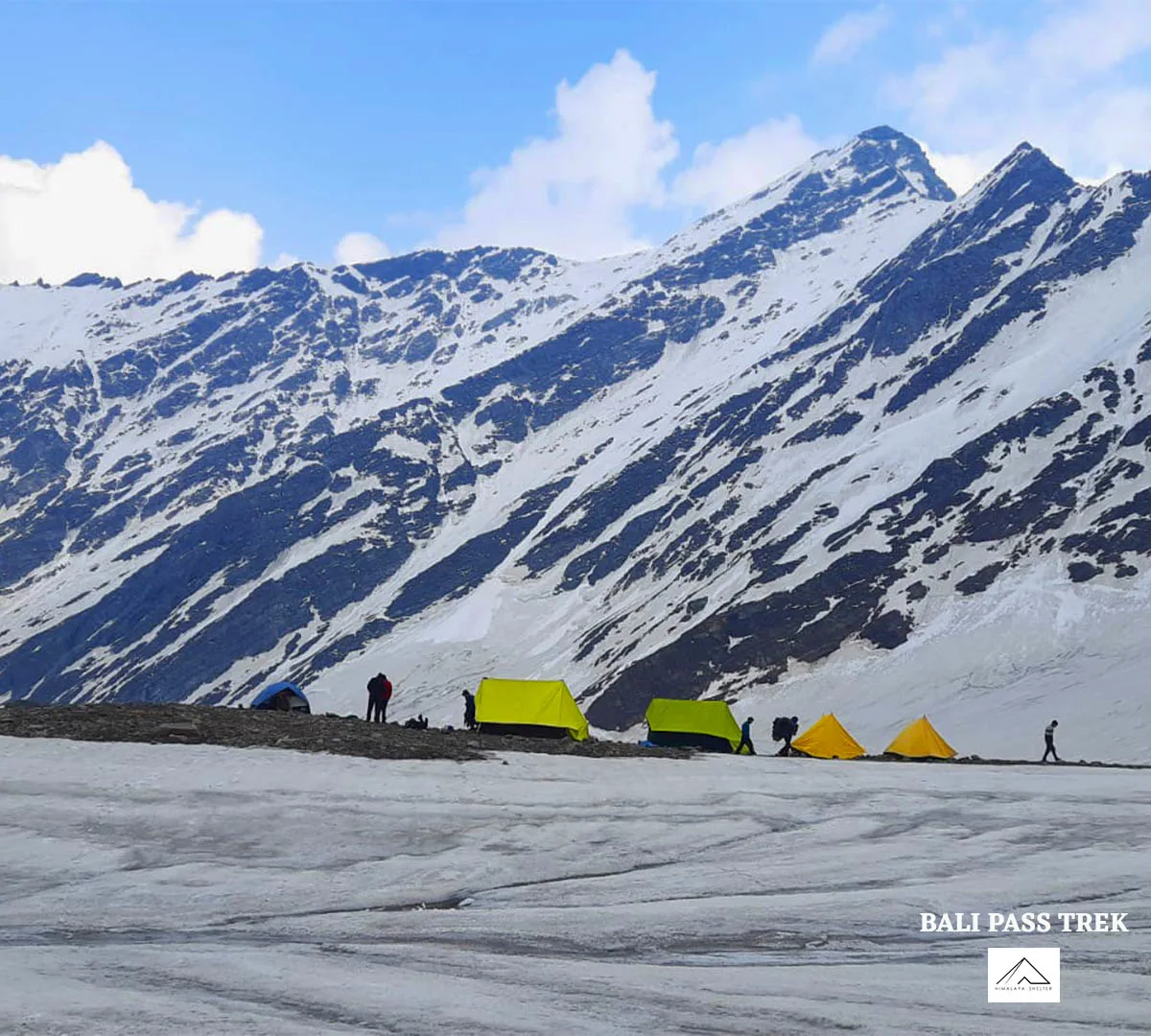
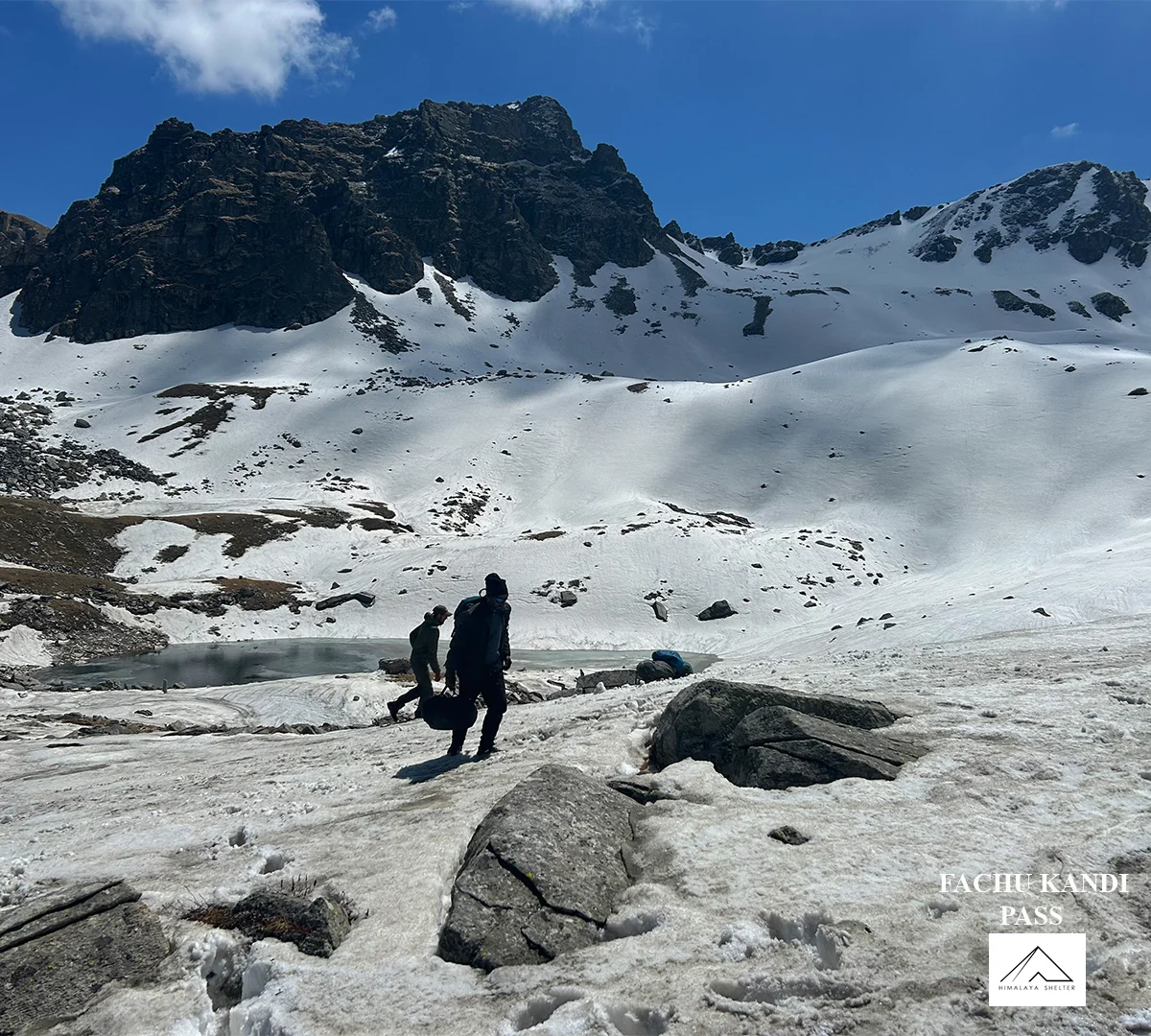
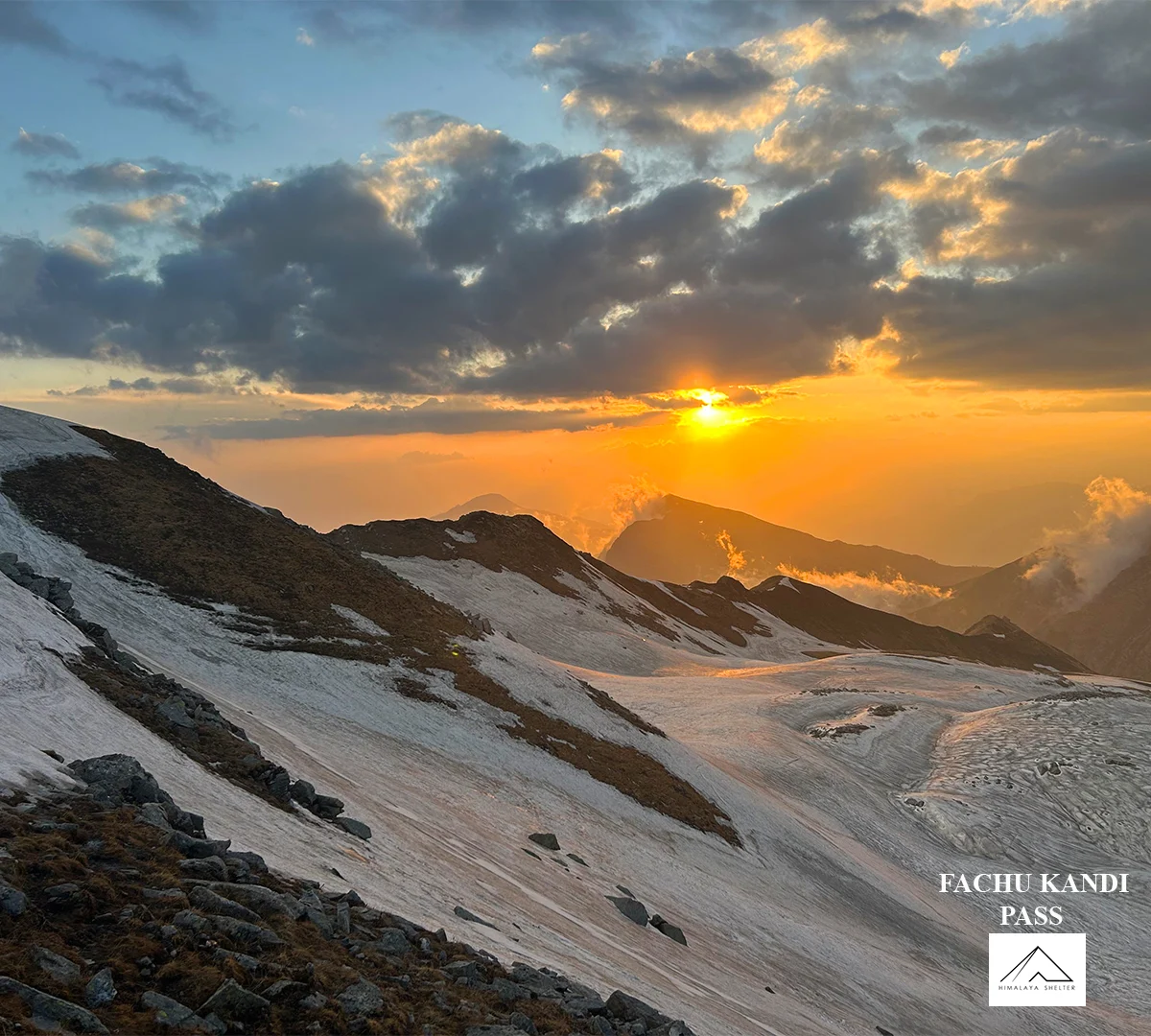
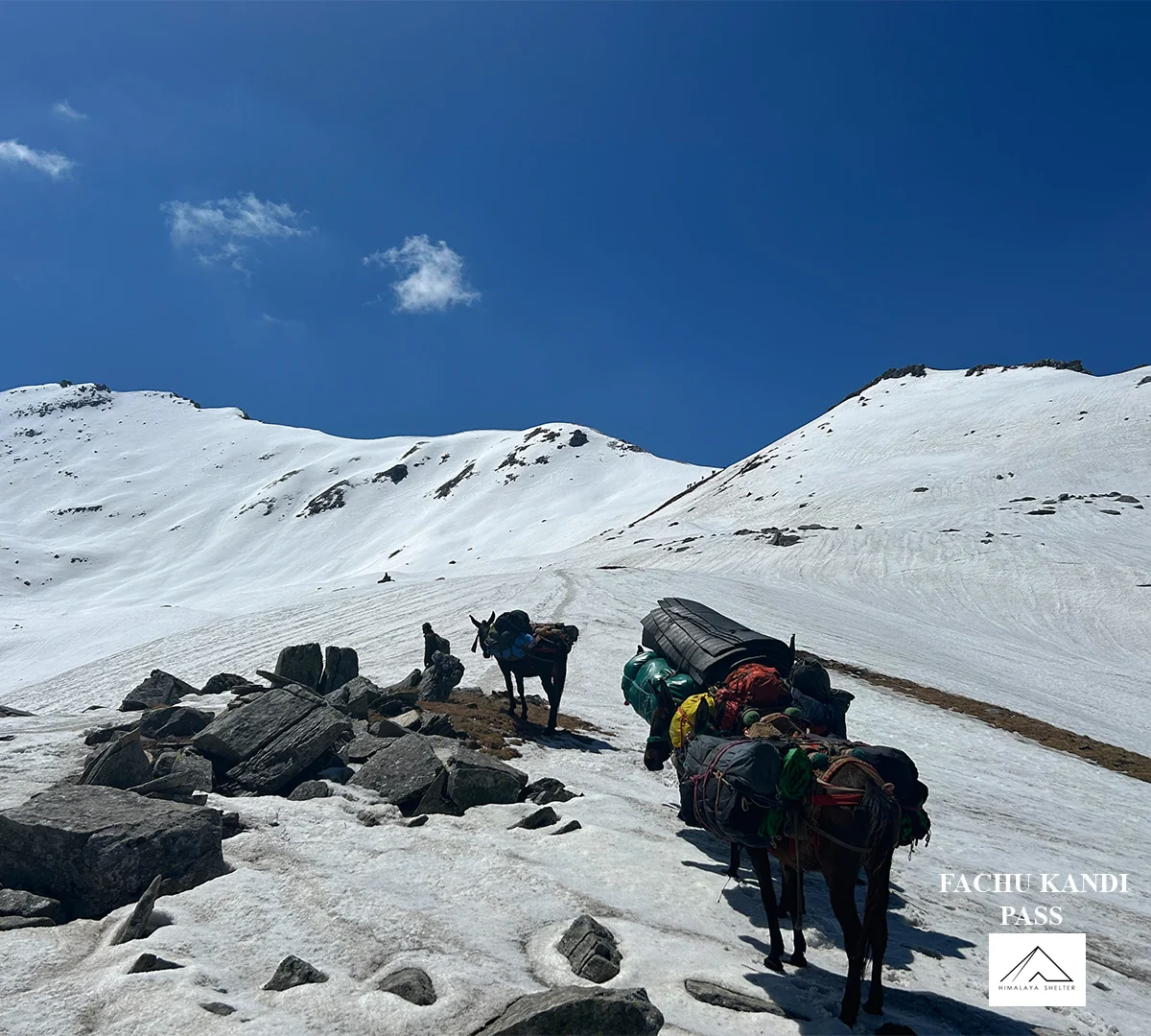
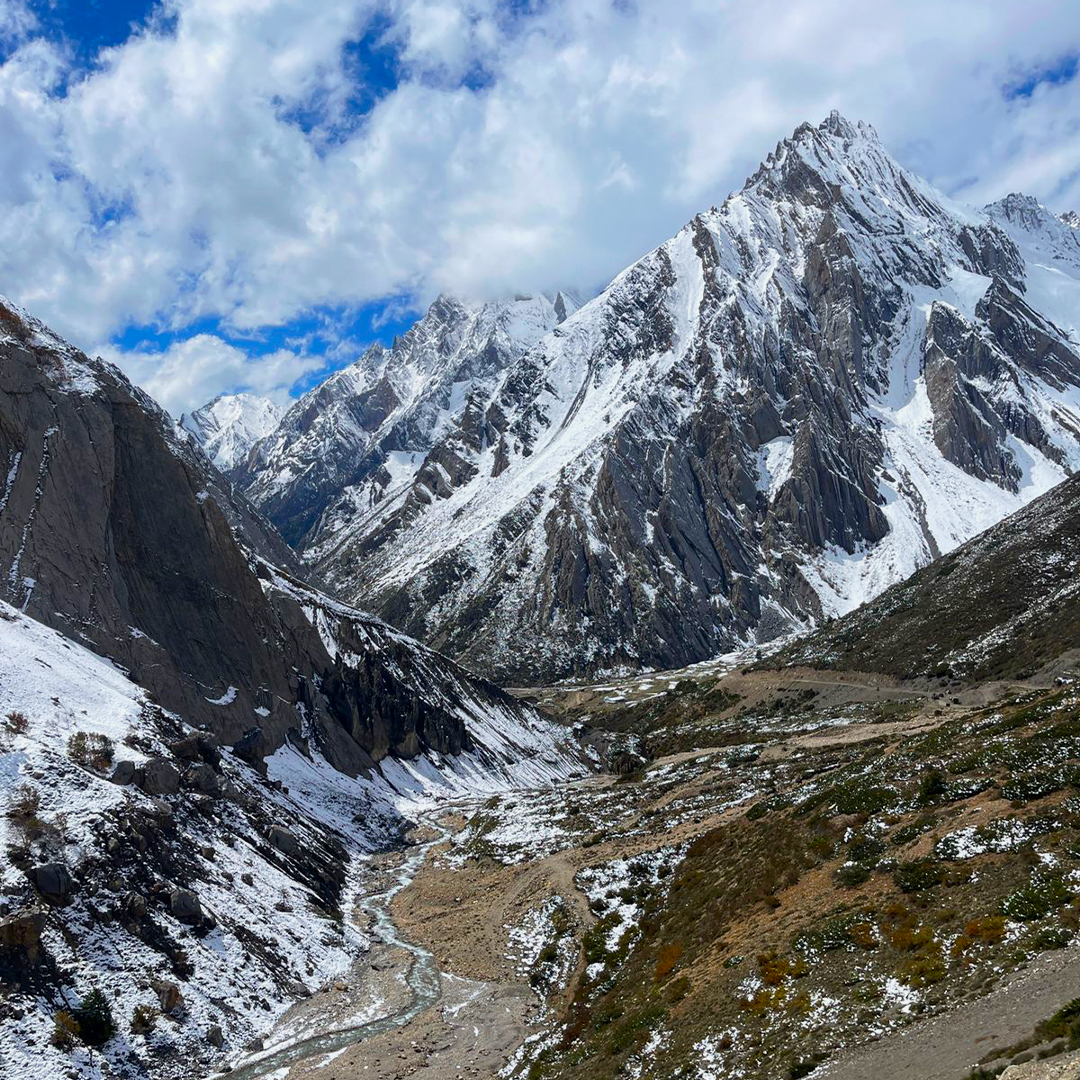
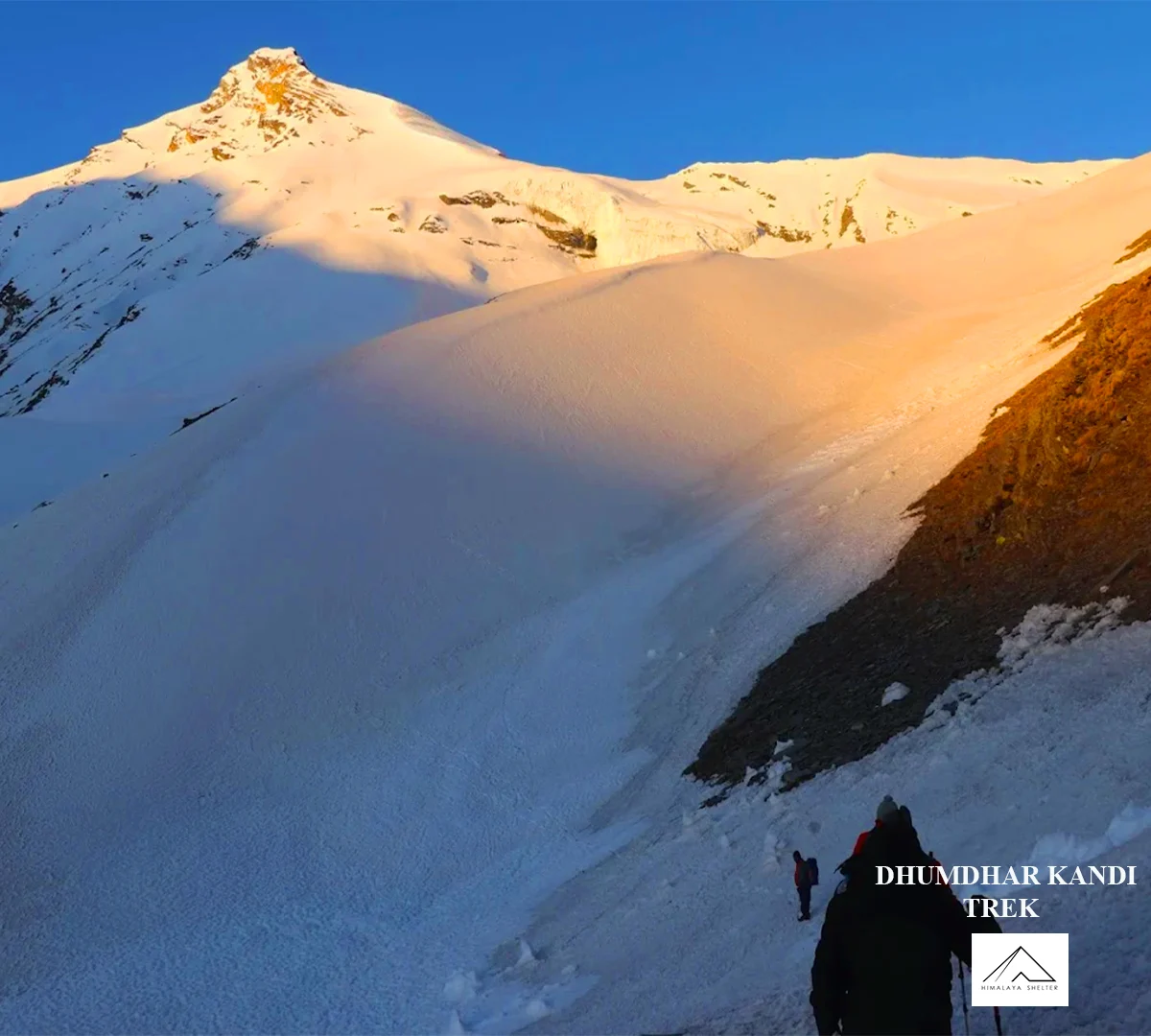
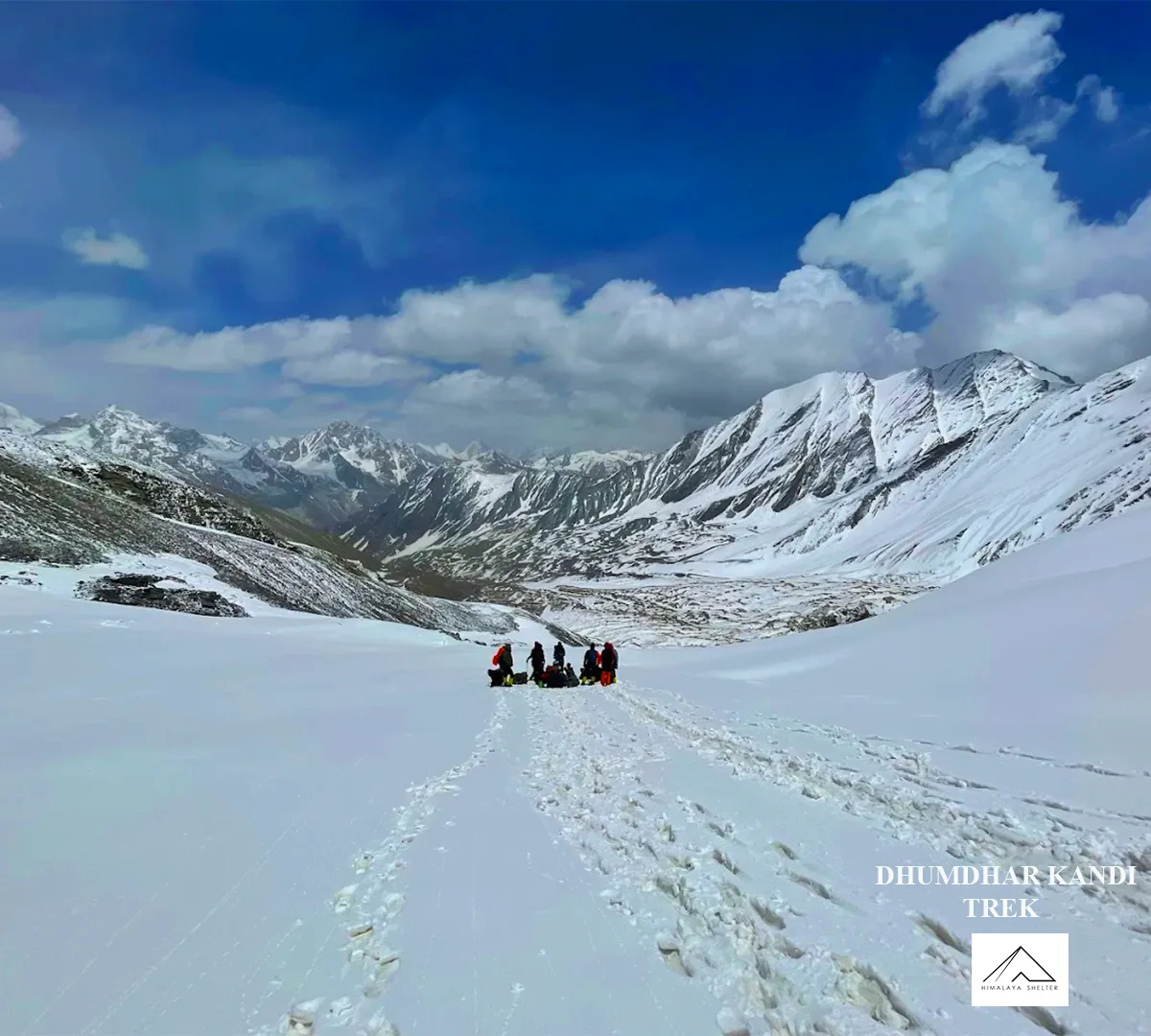
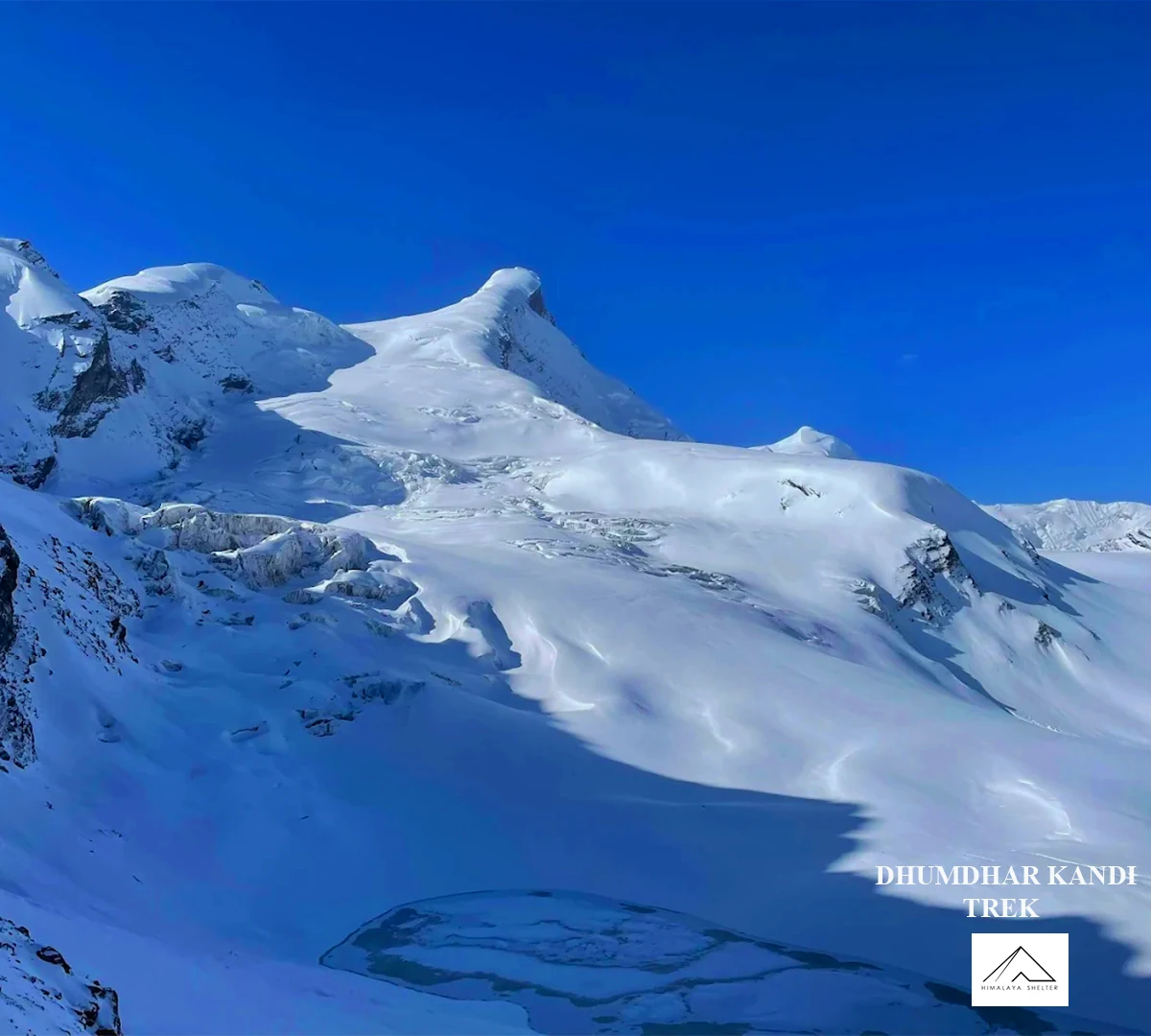
Treks by Categories
Treks By Month

Treks By Experience

